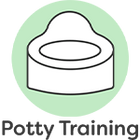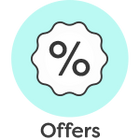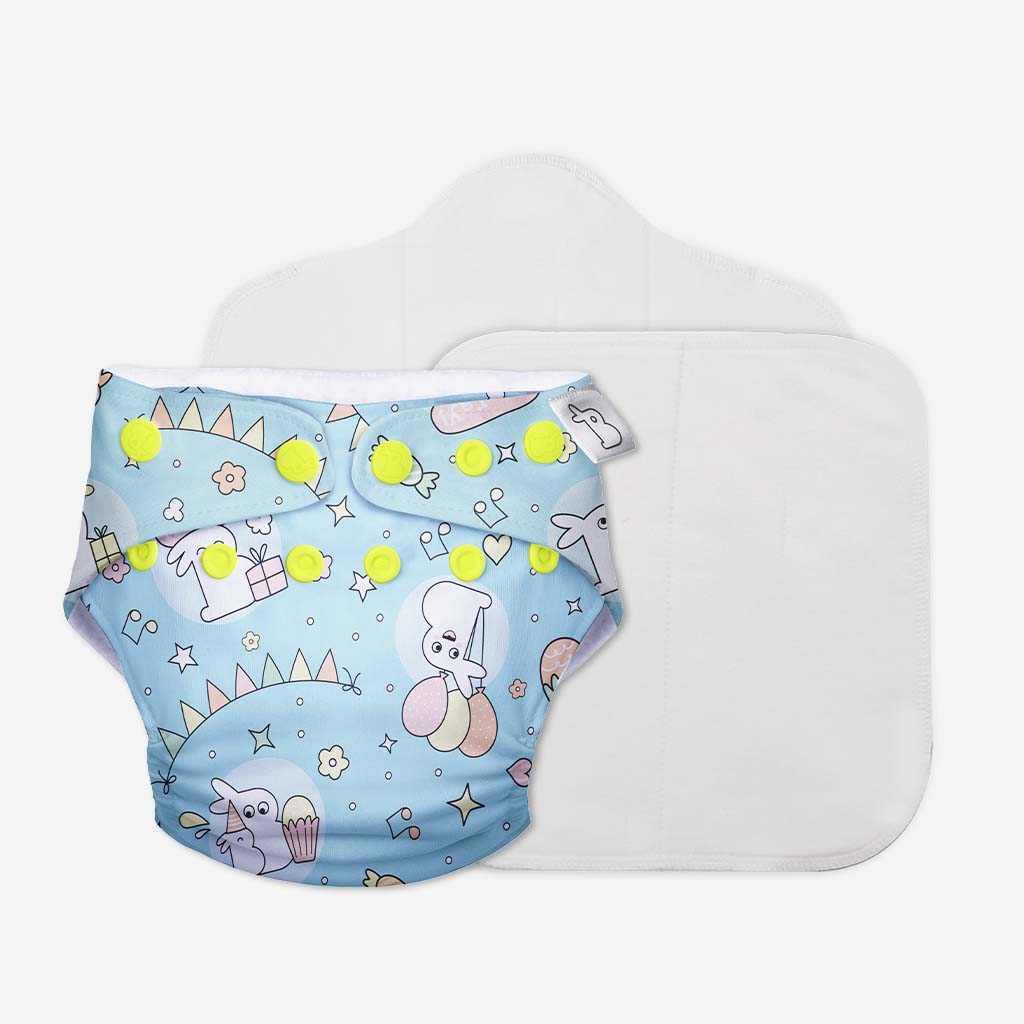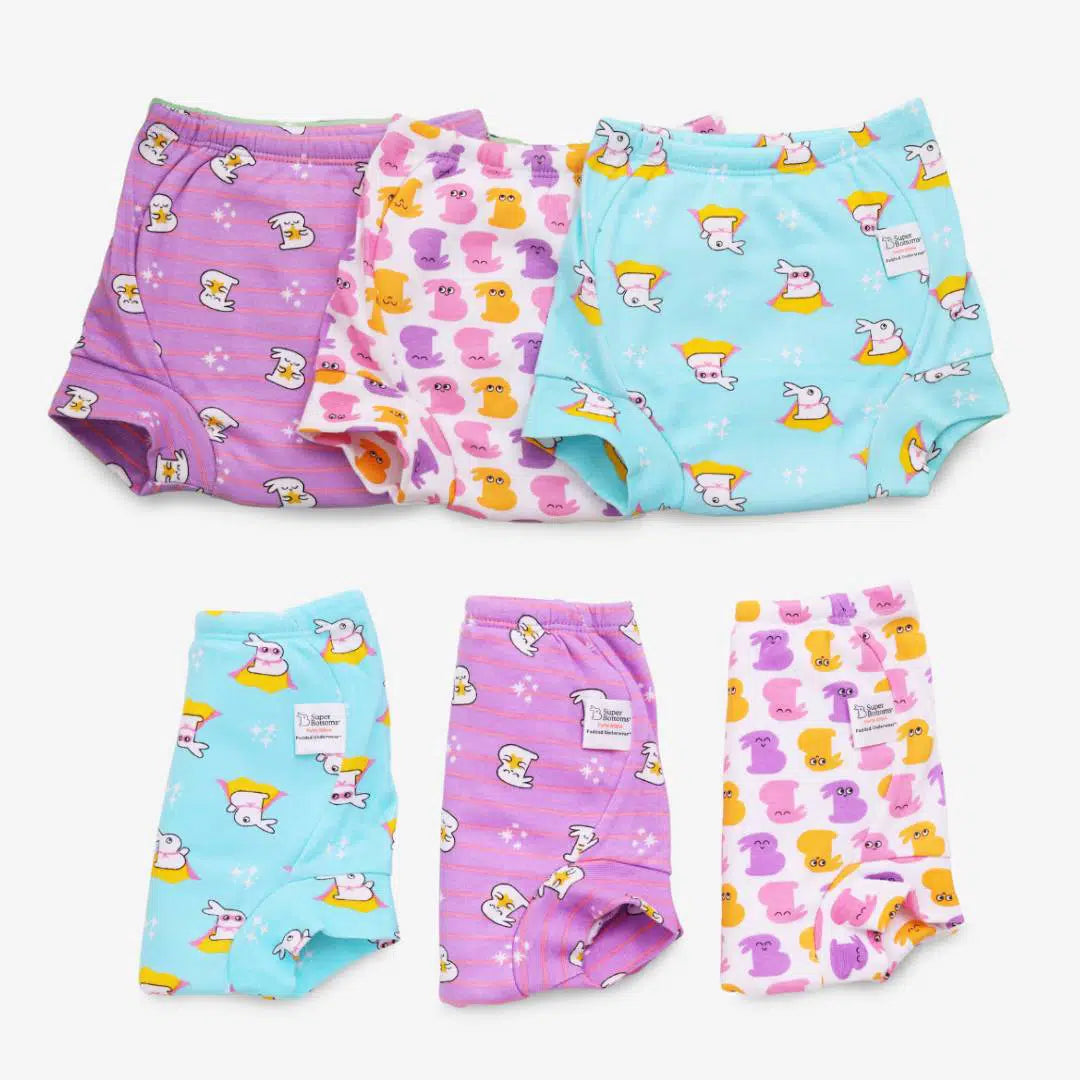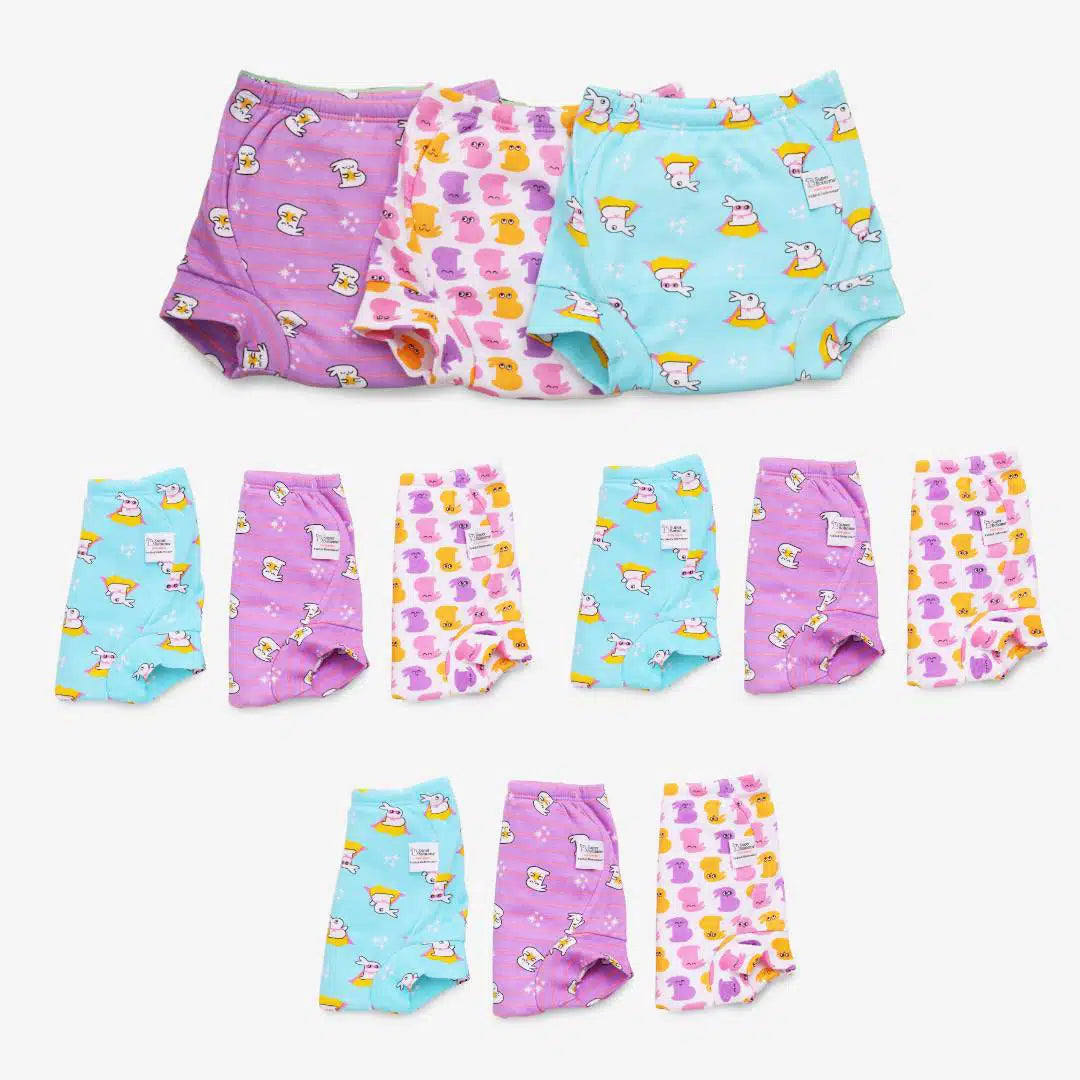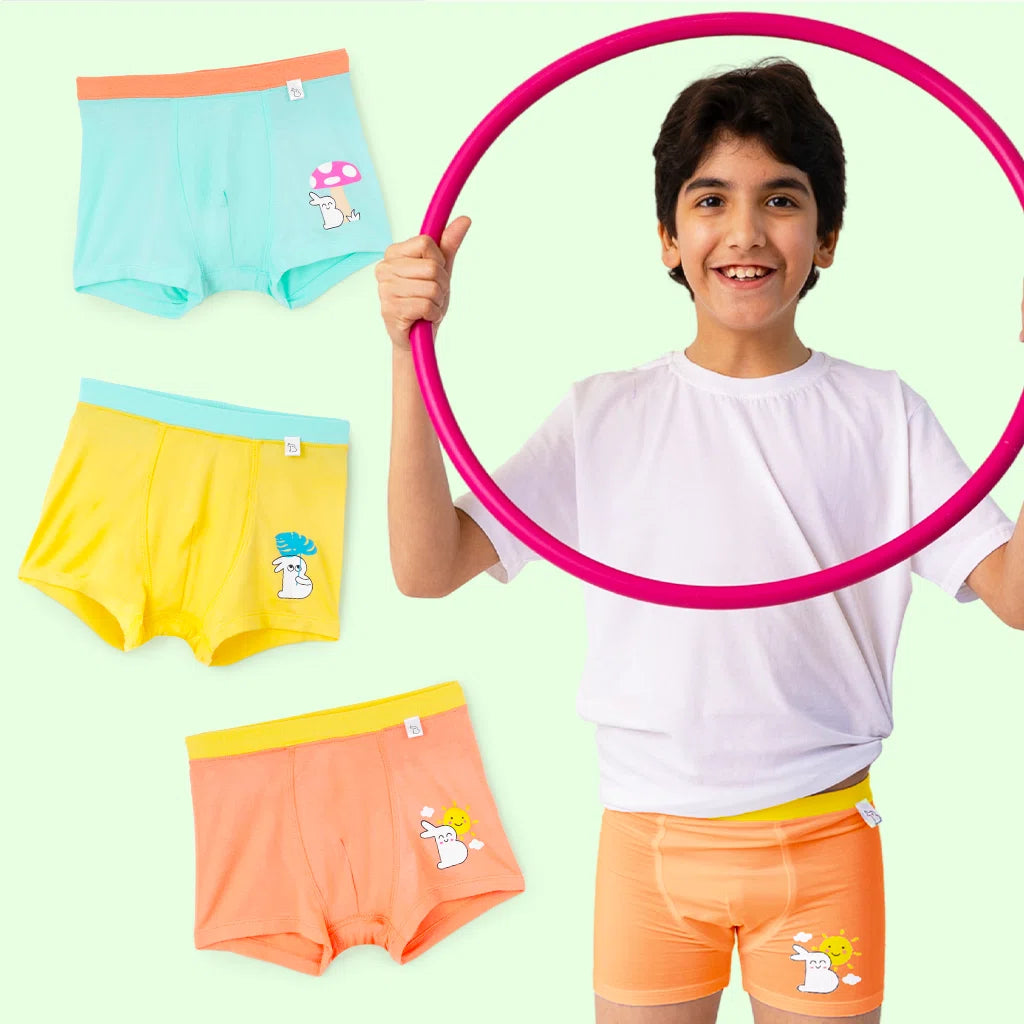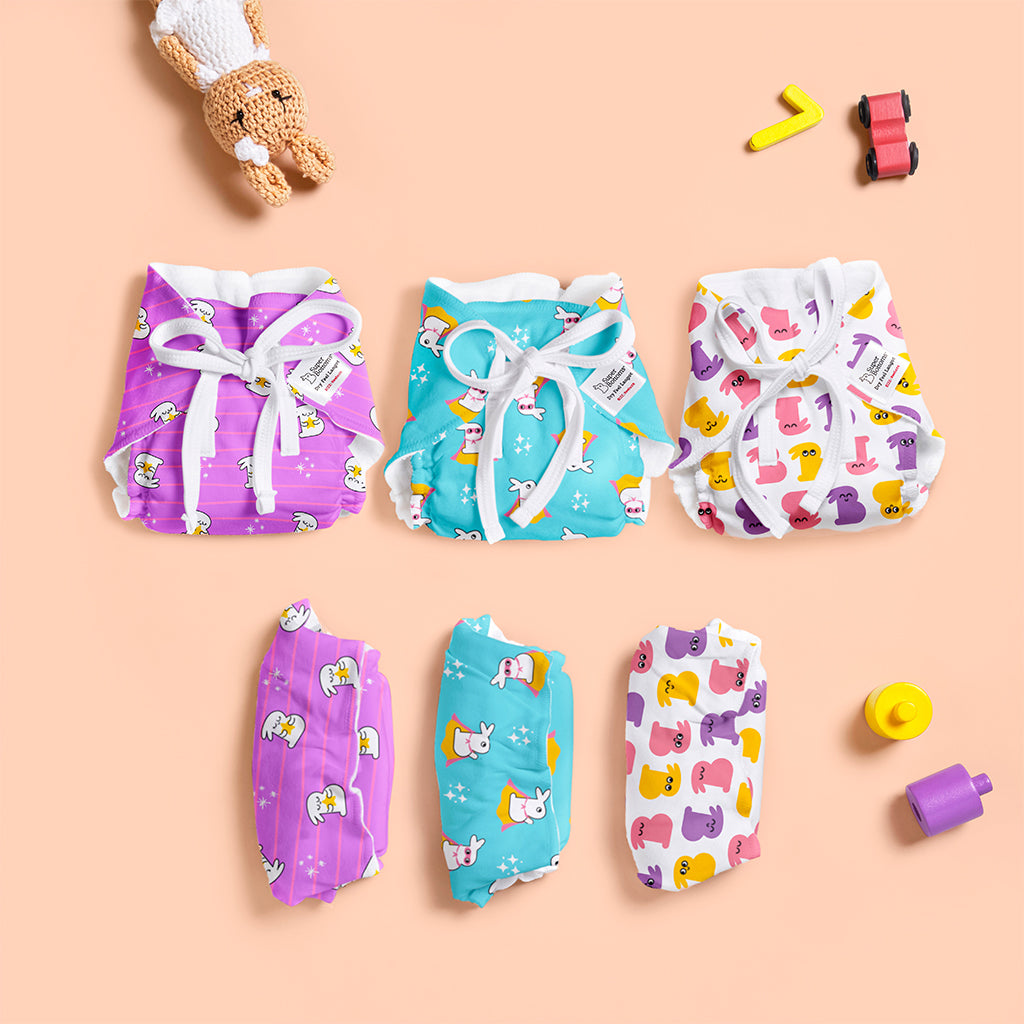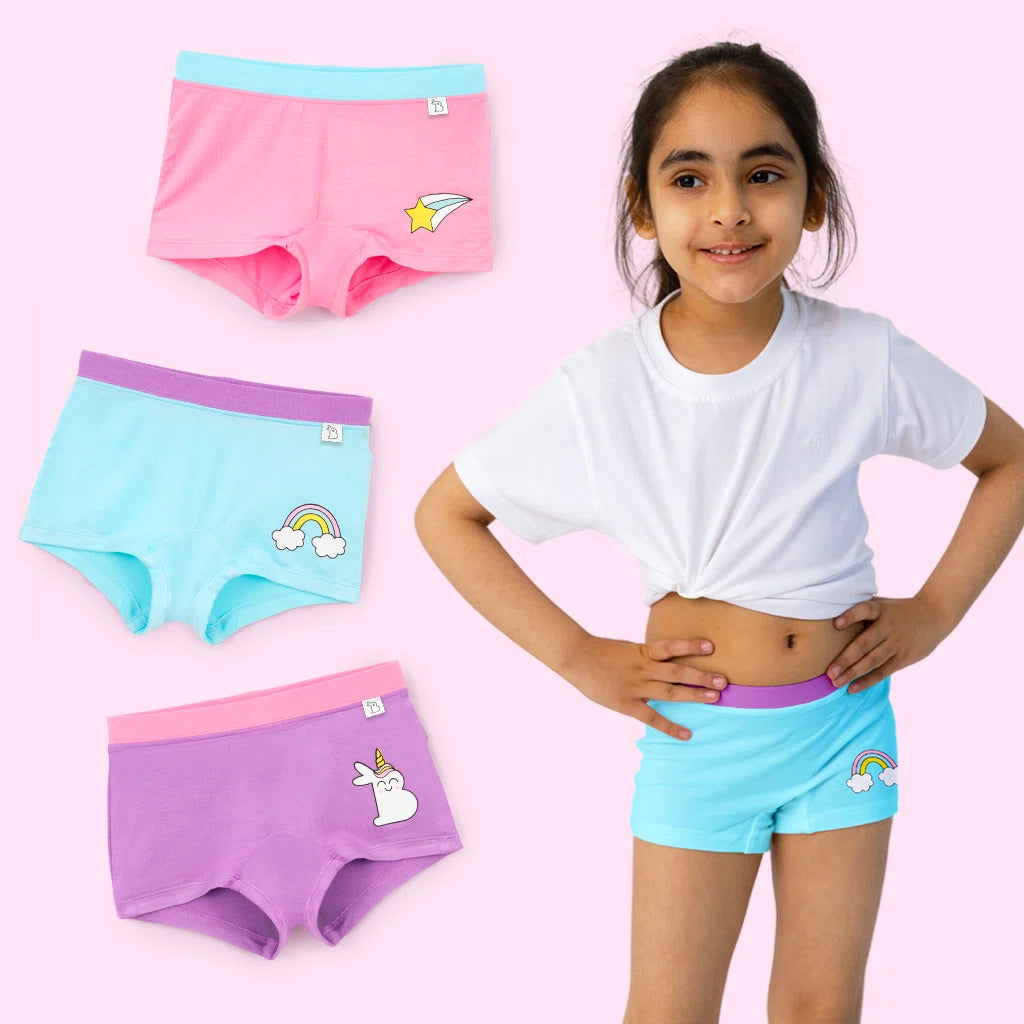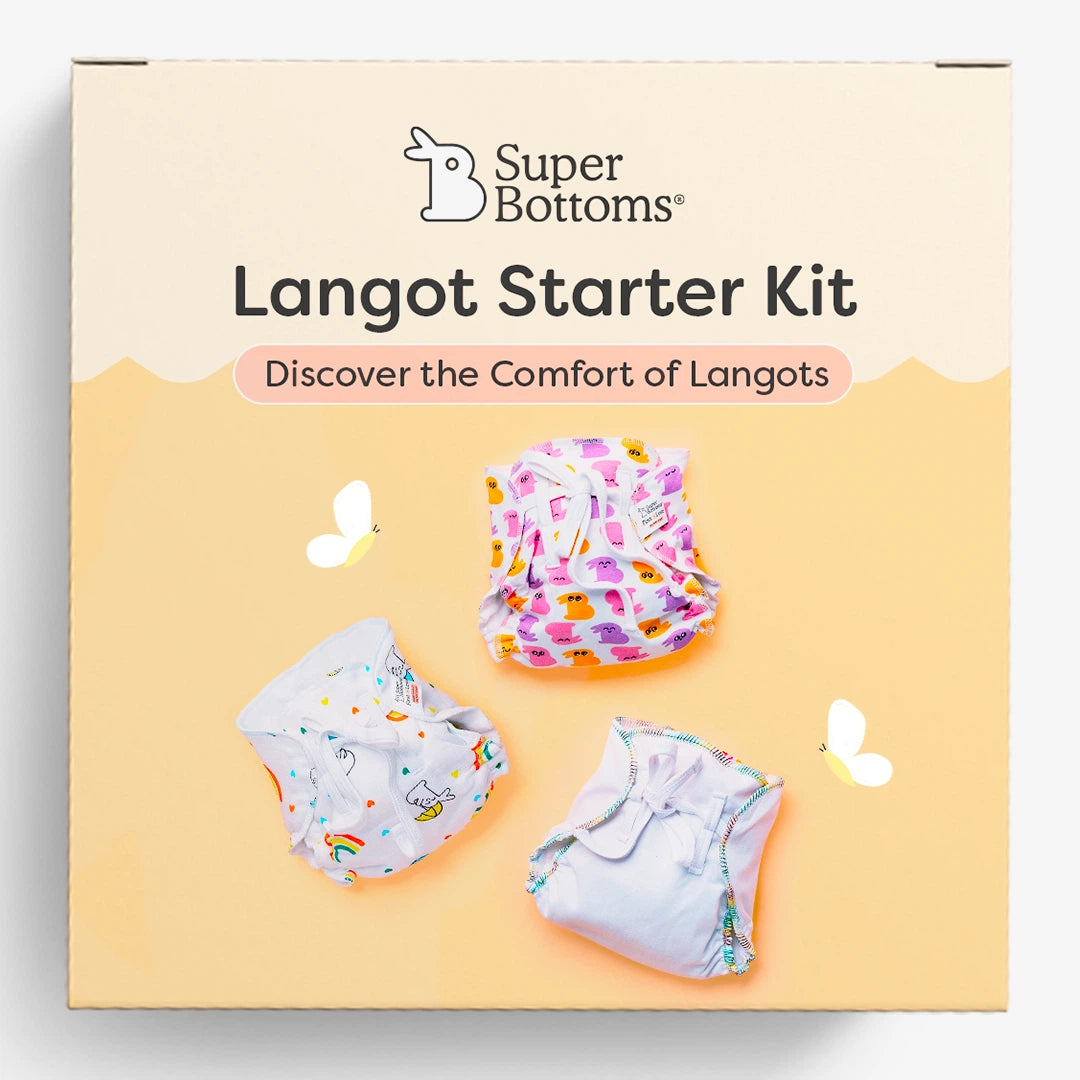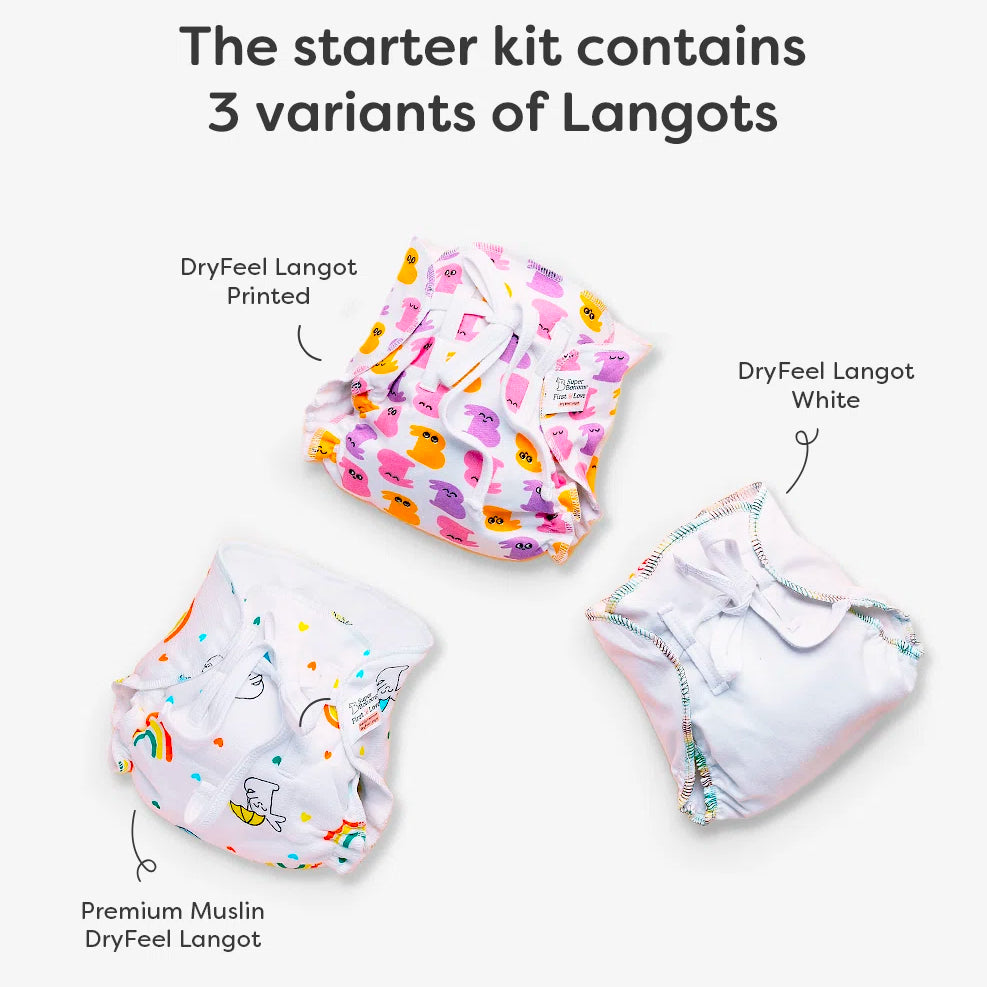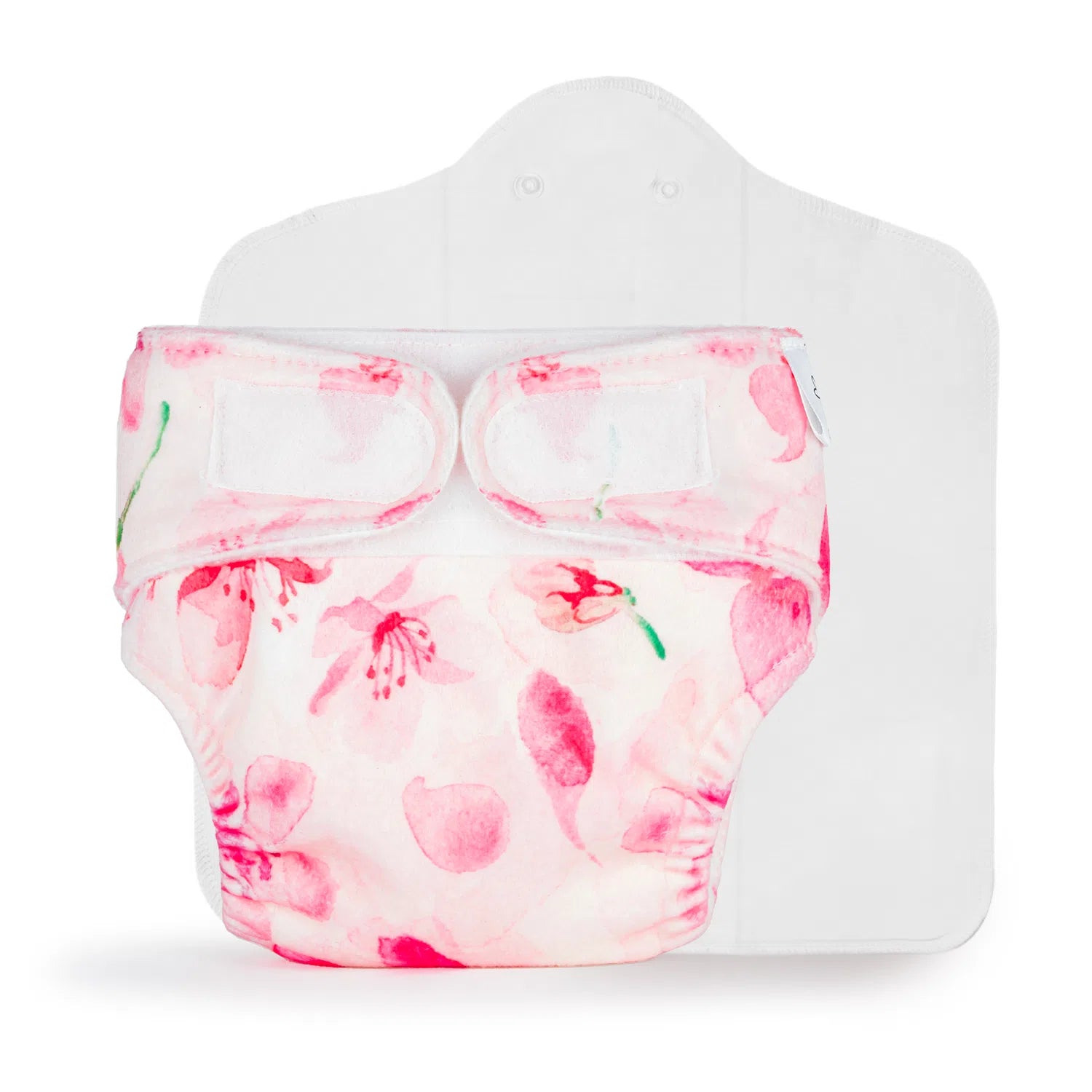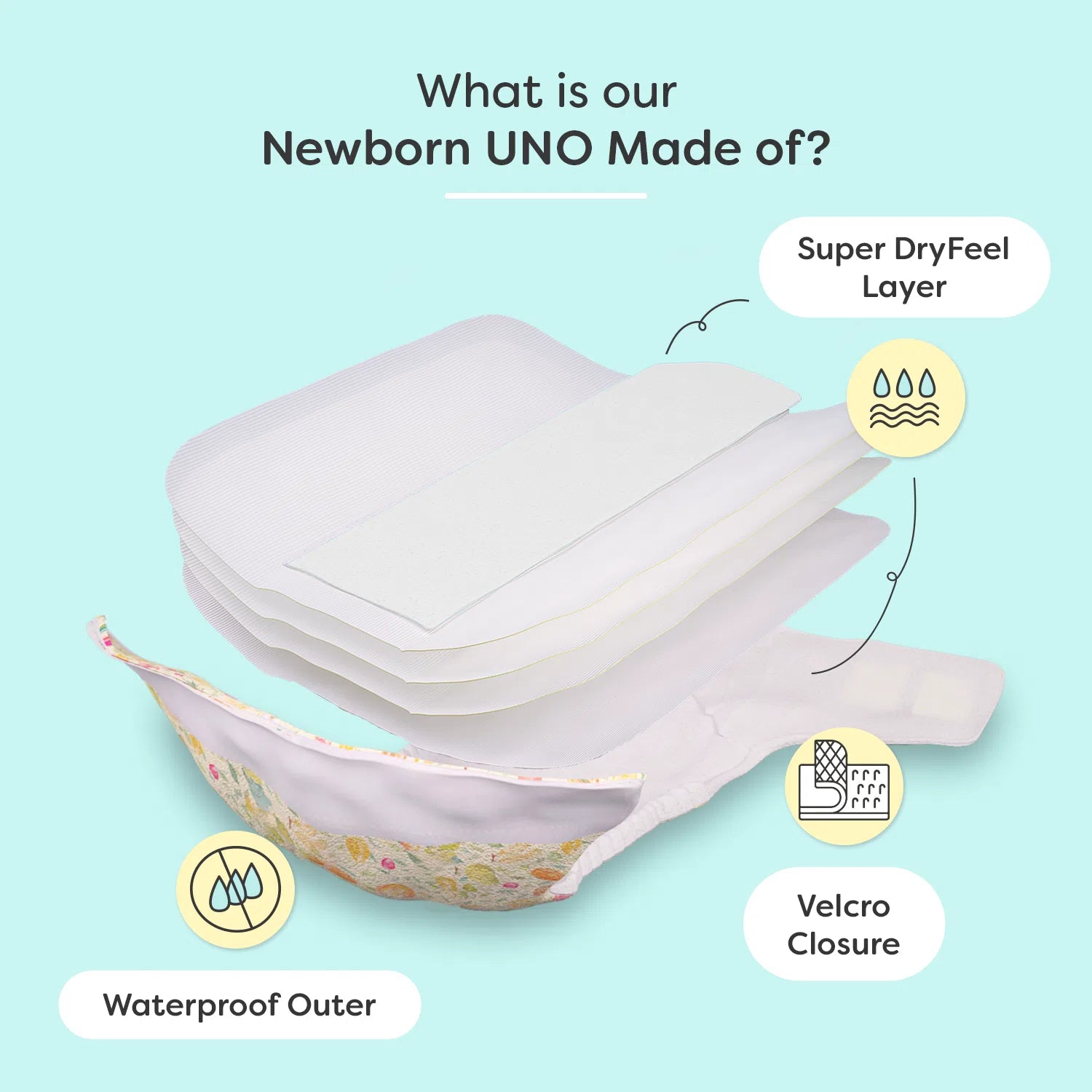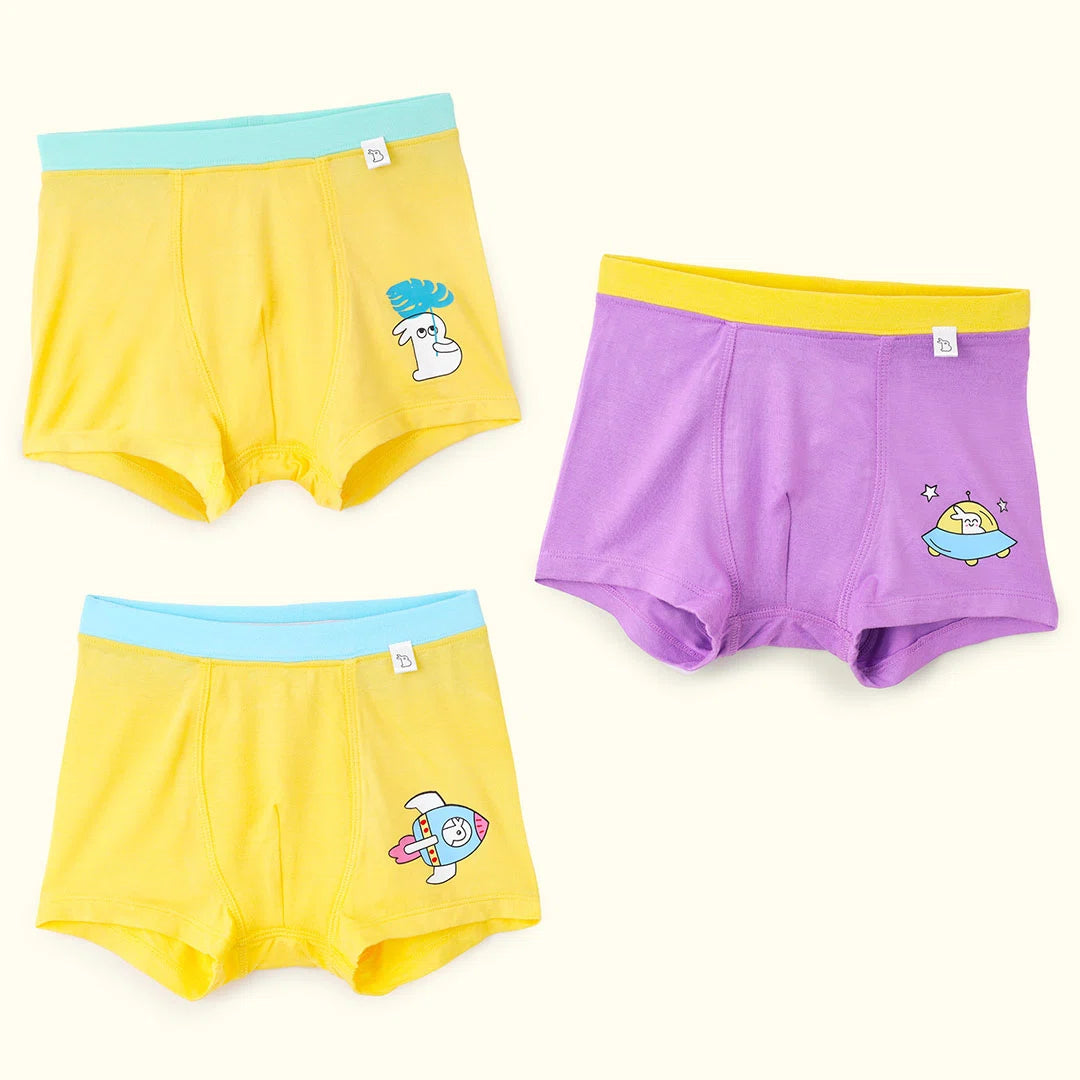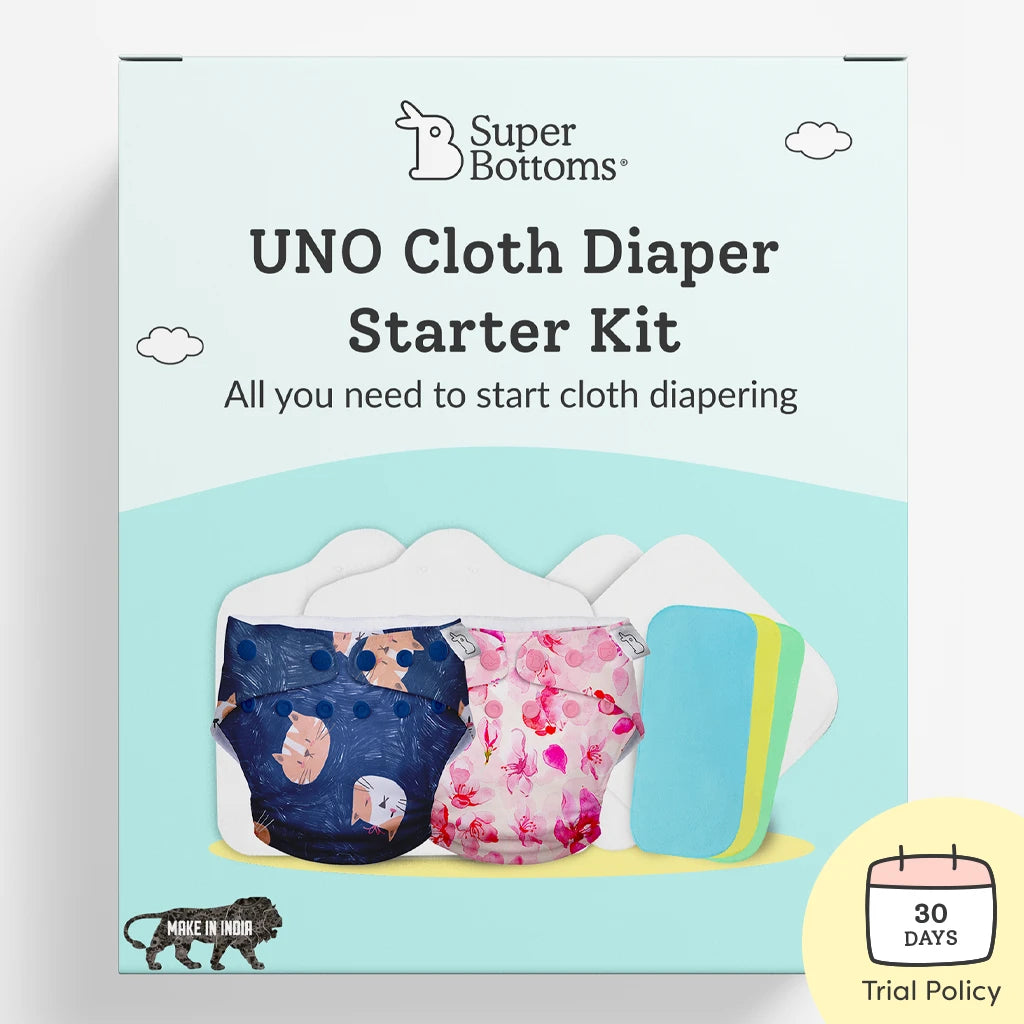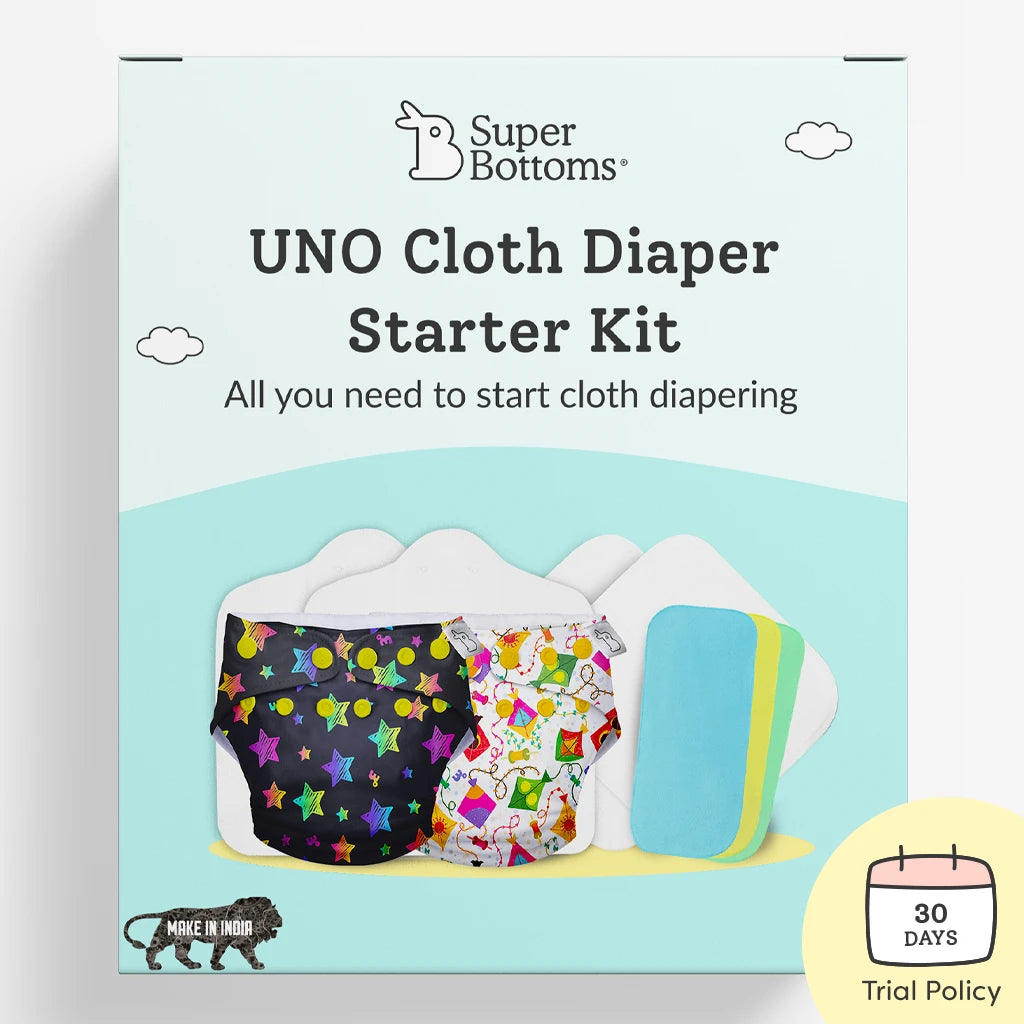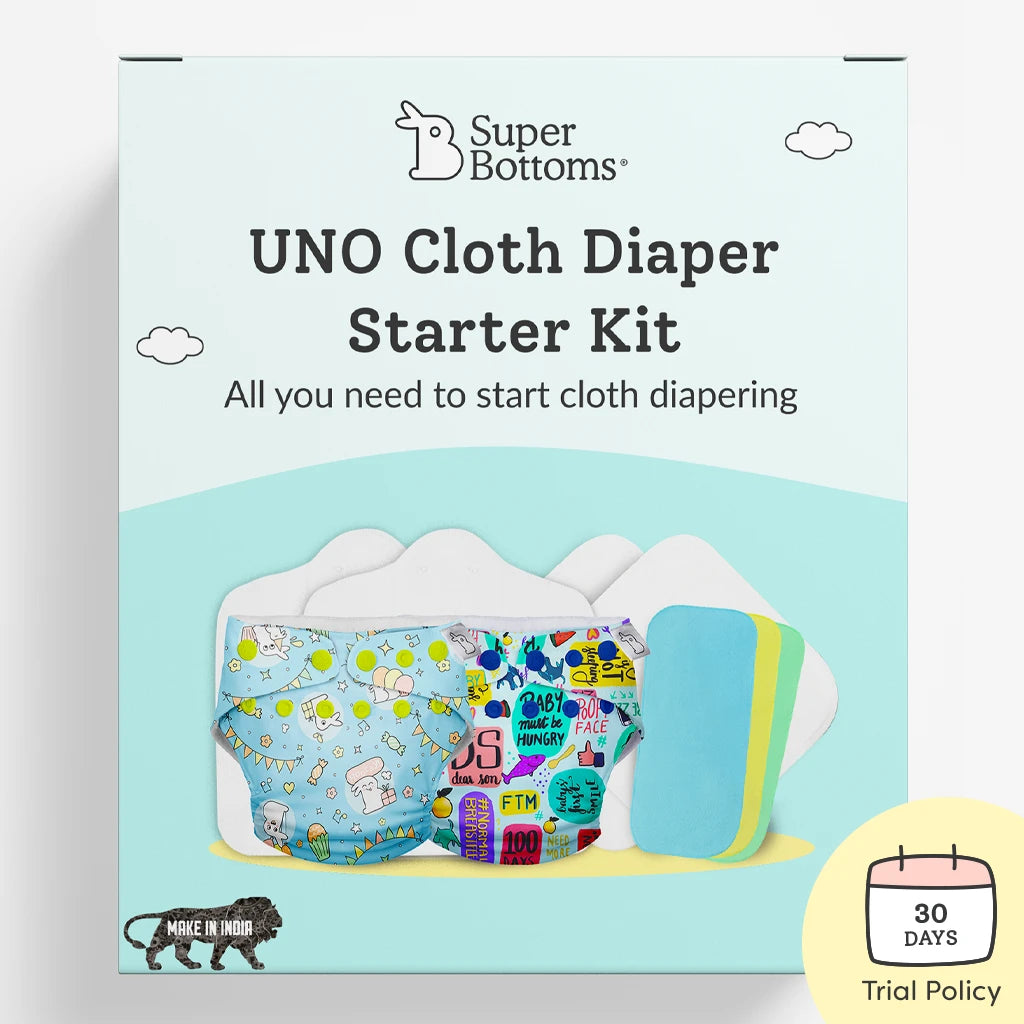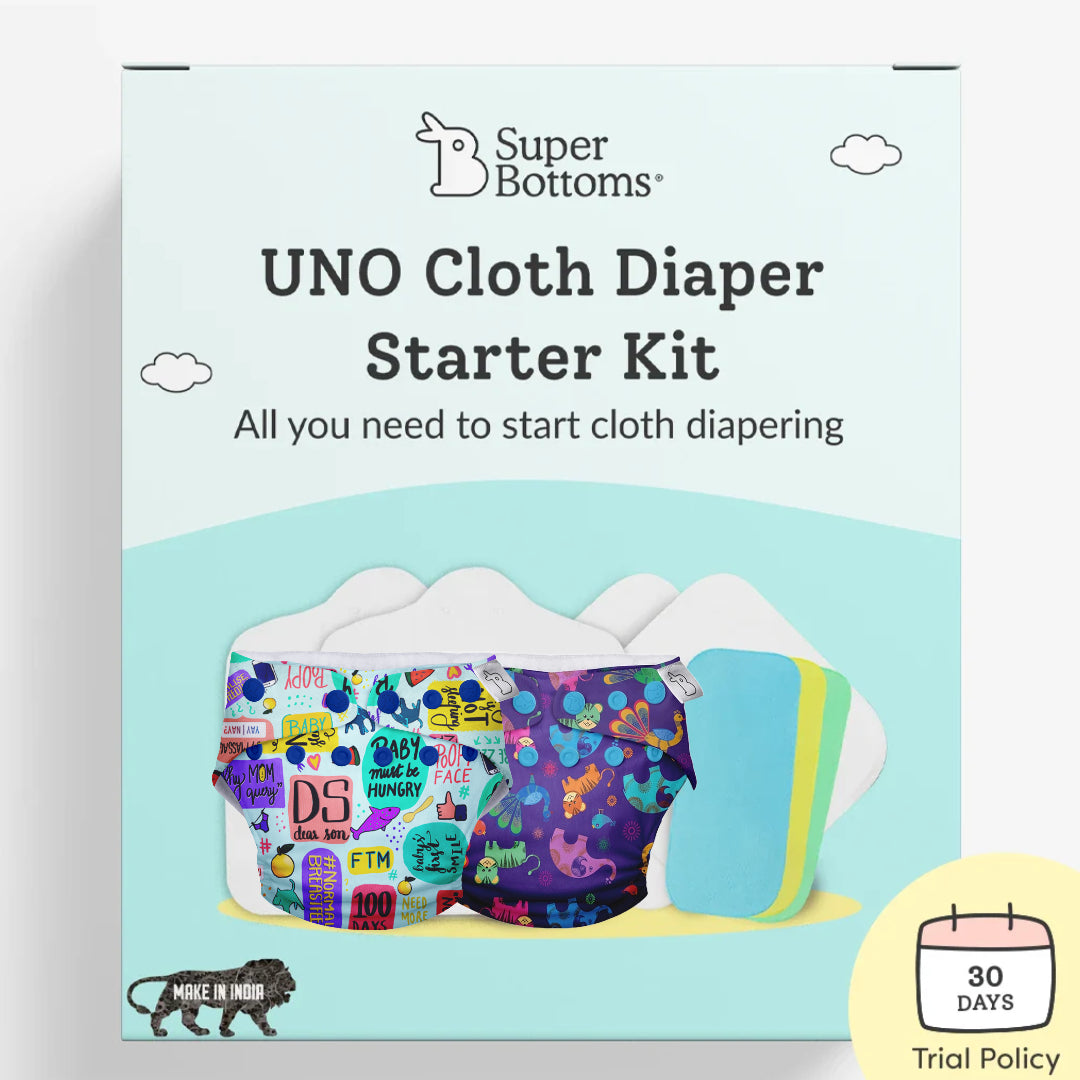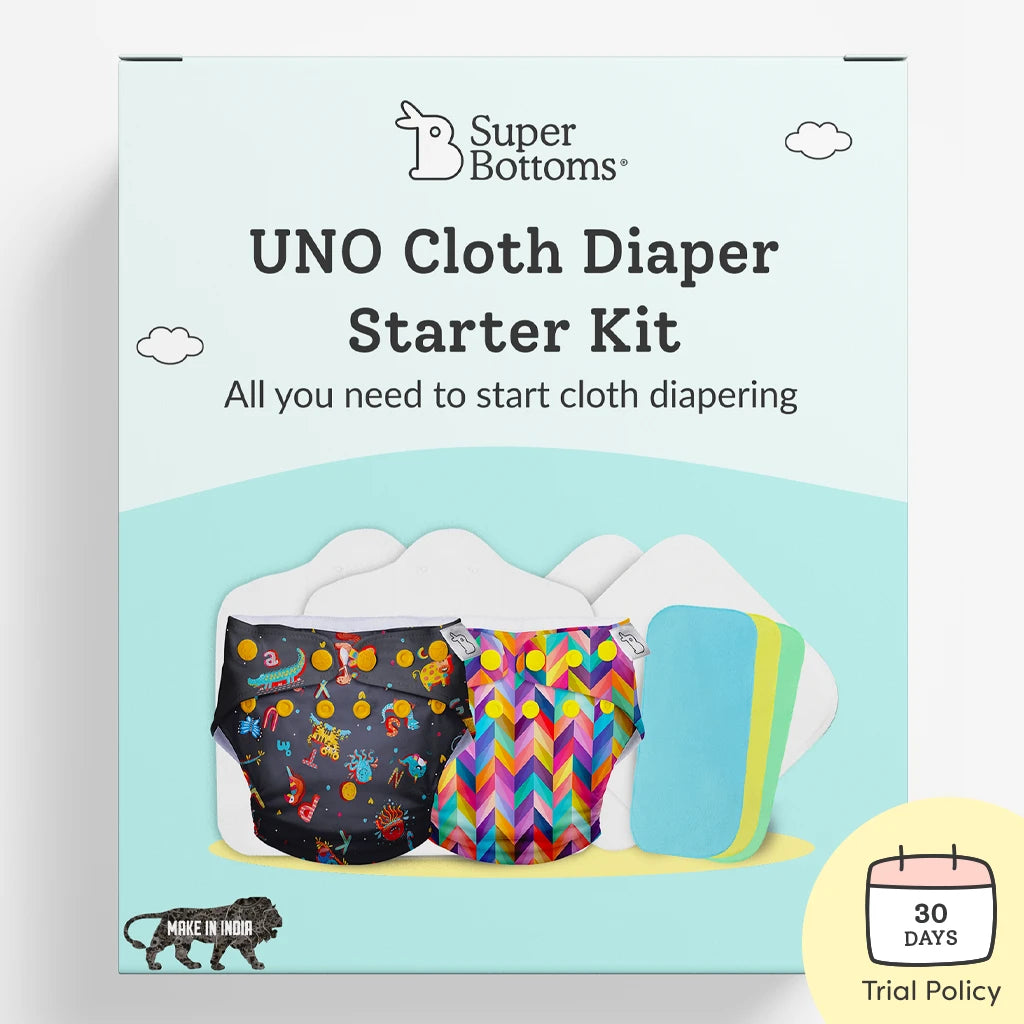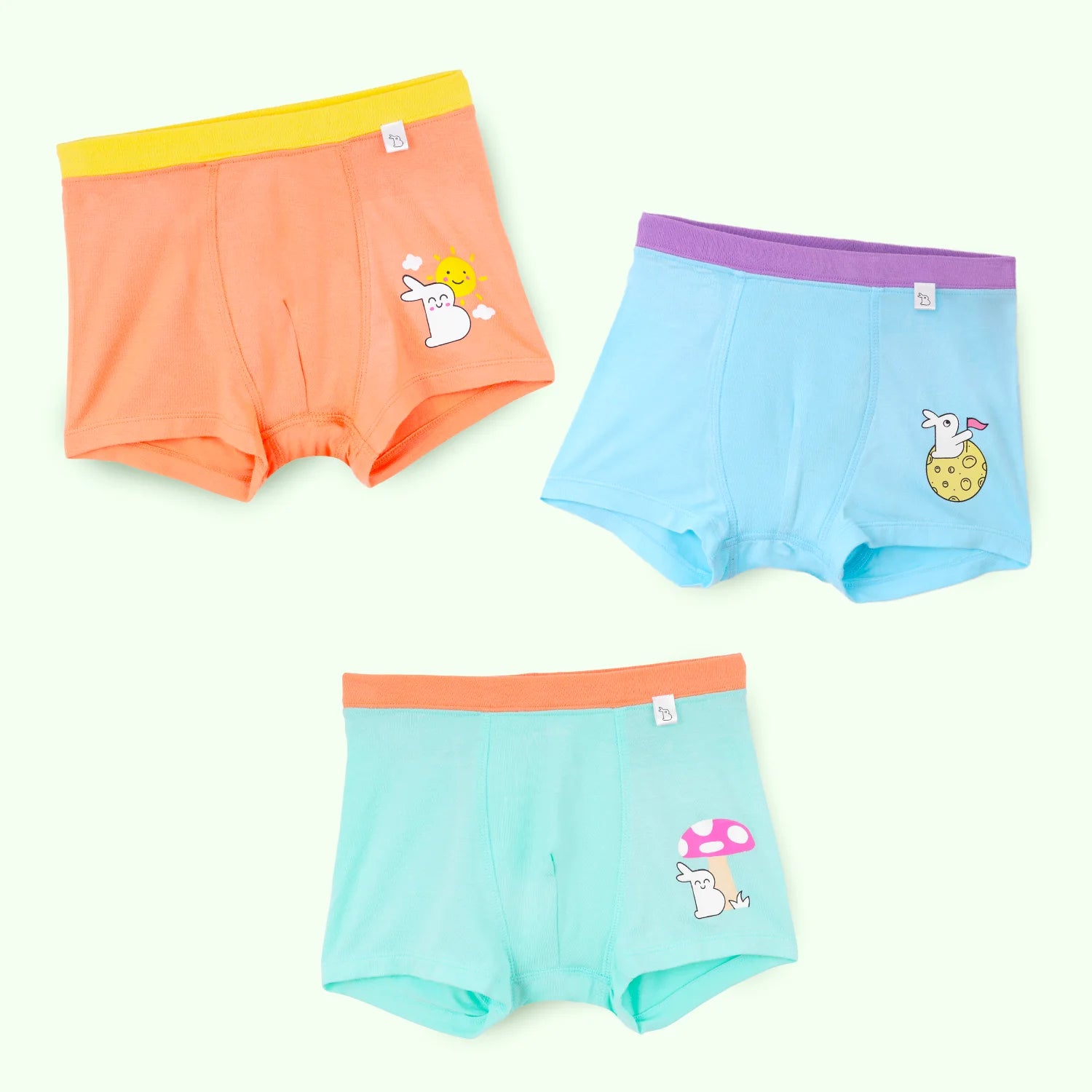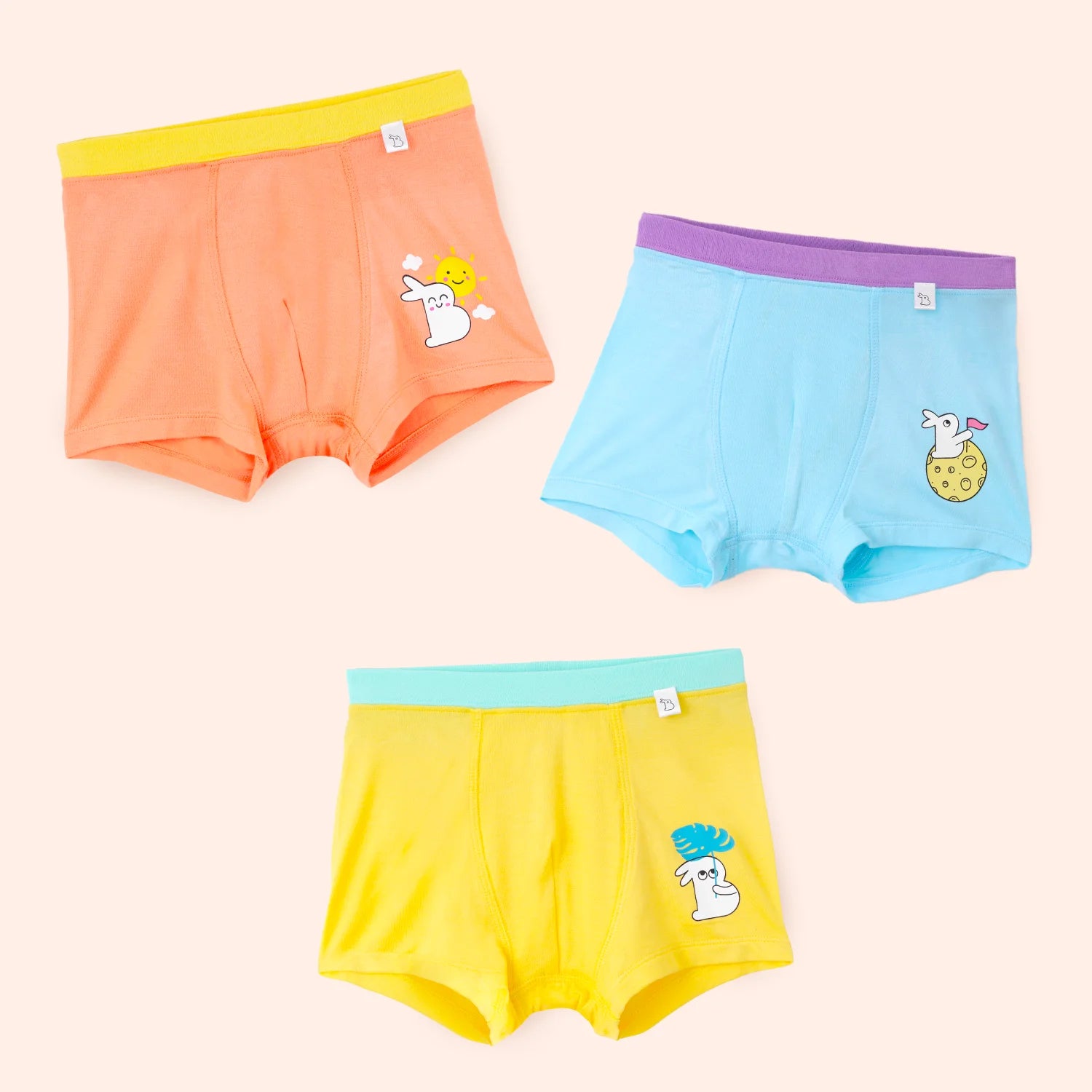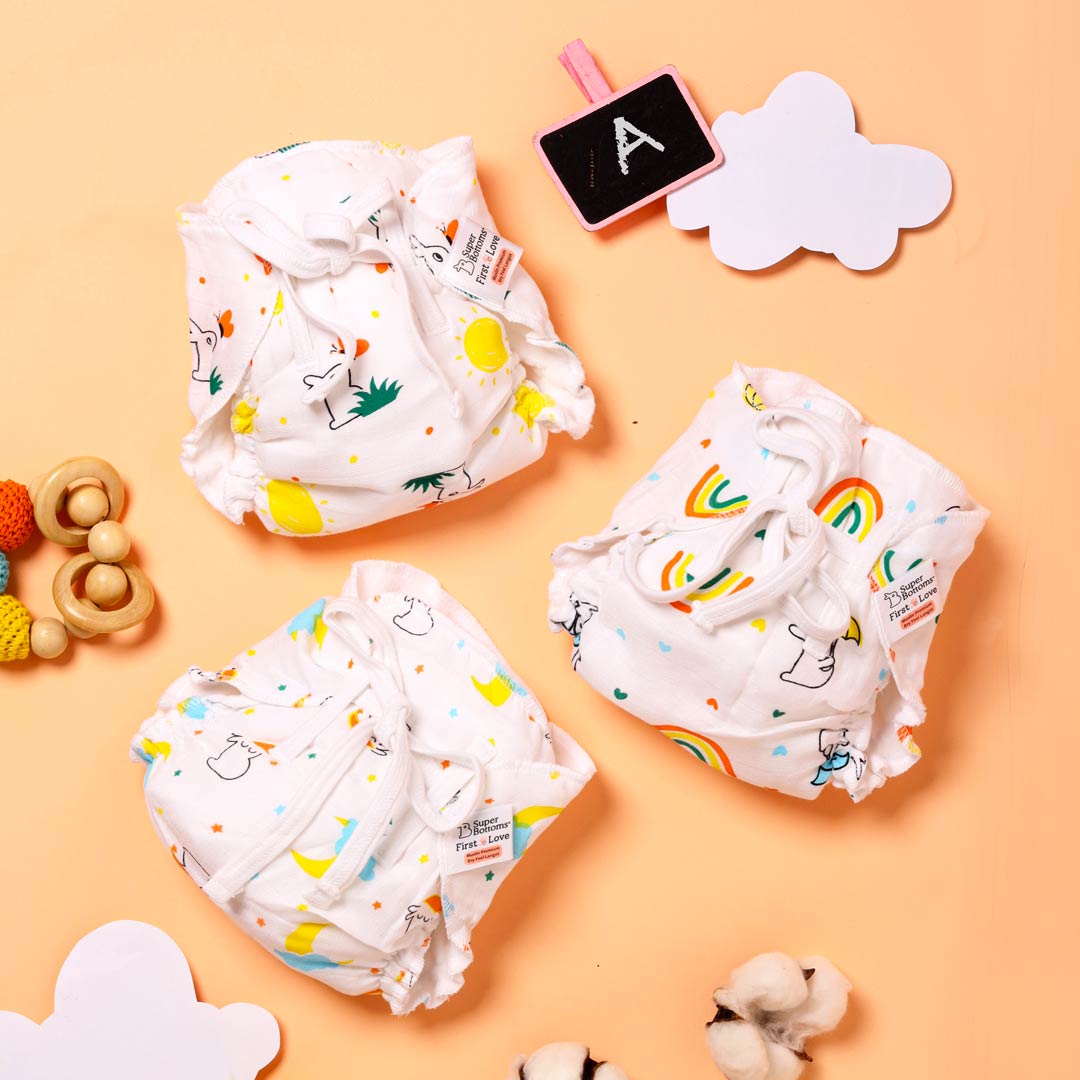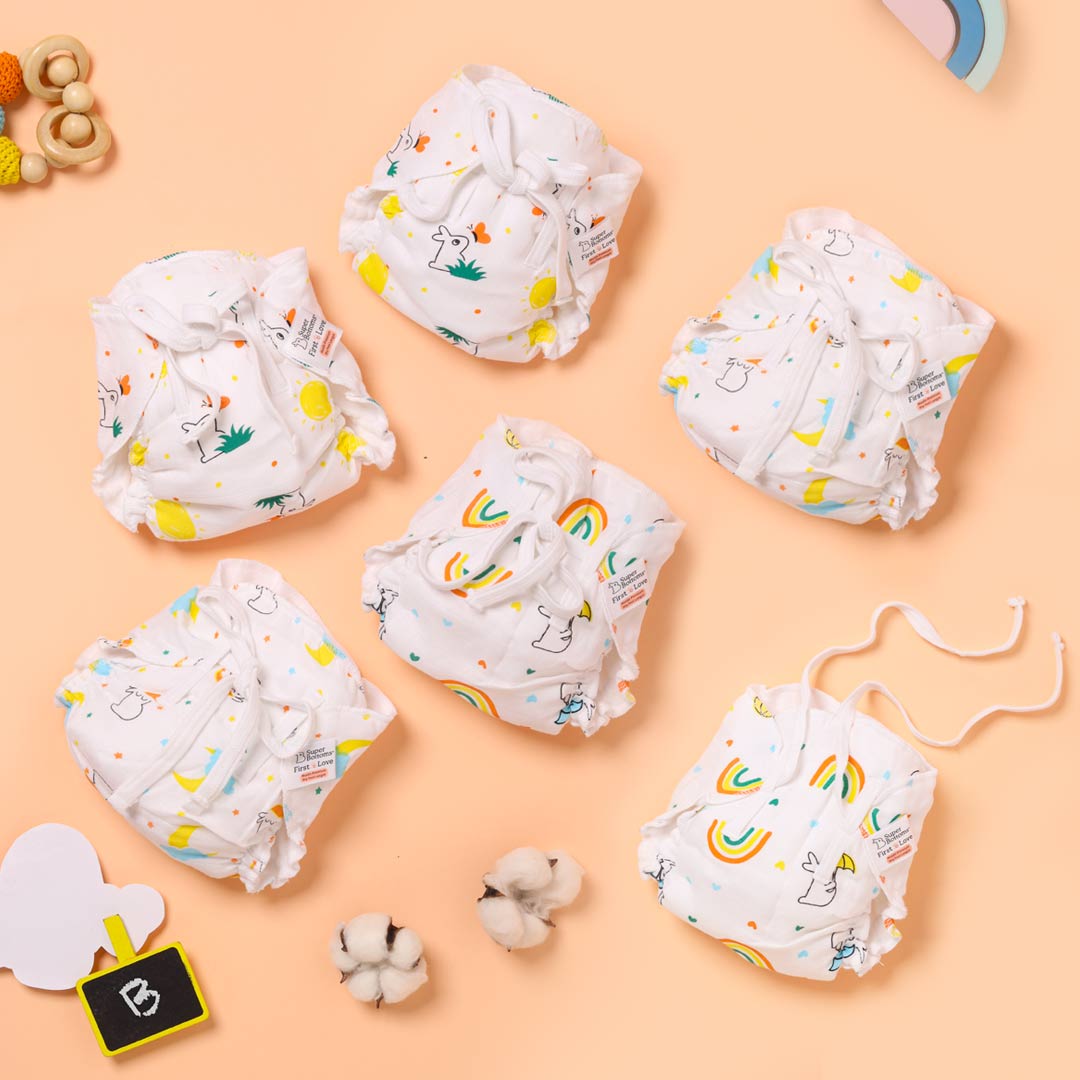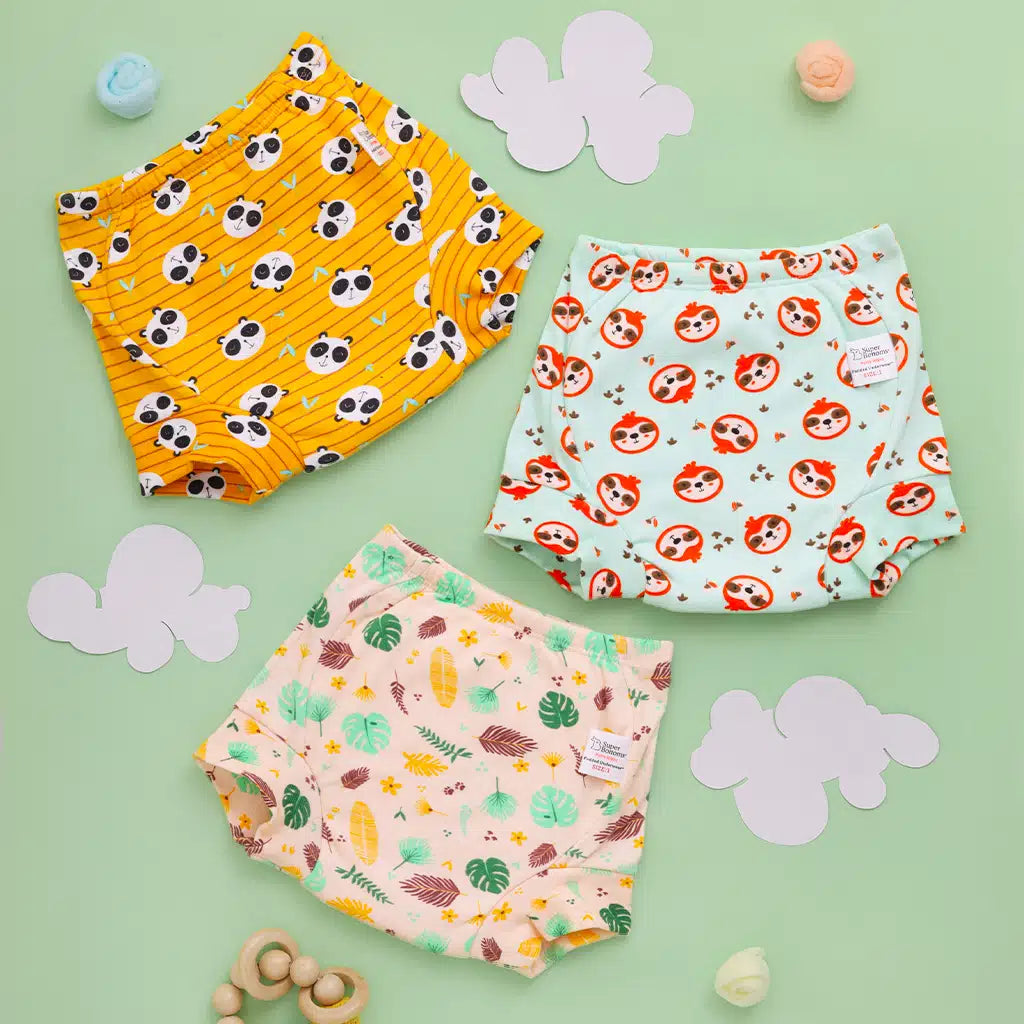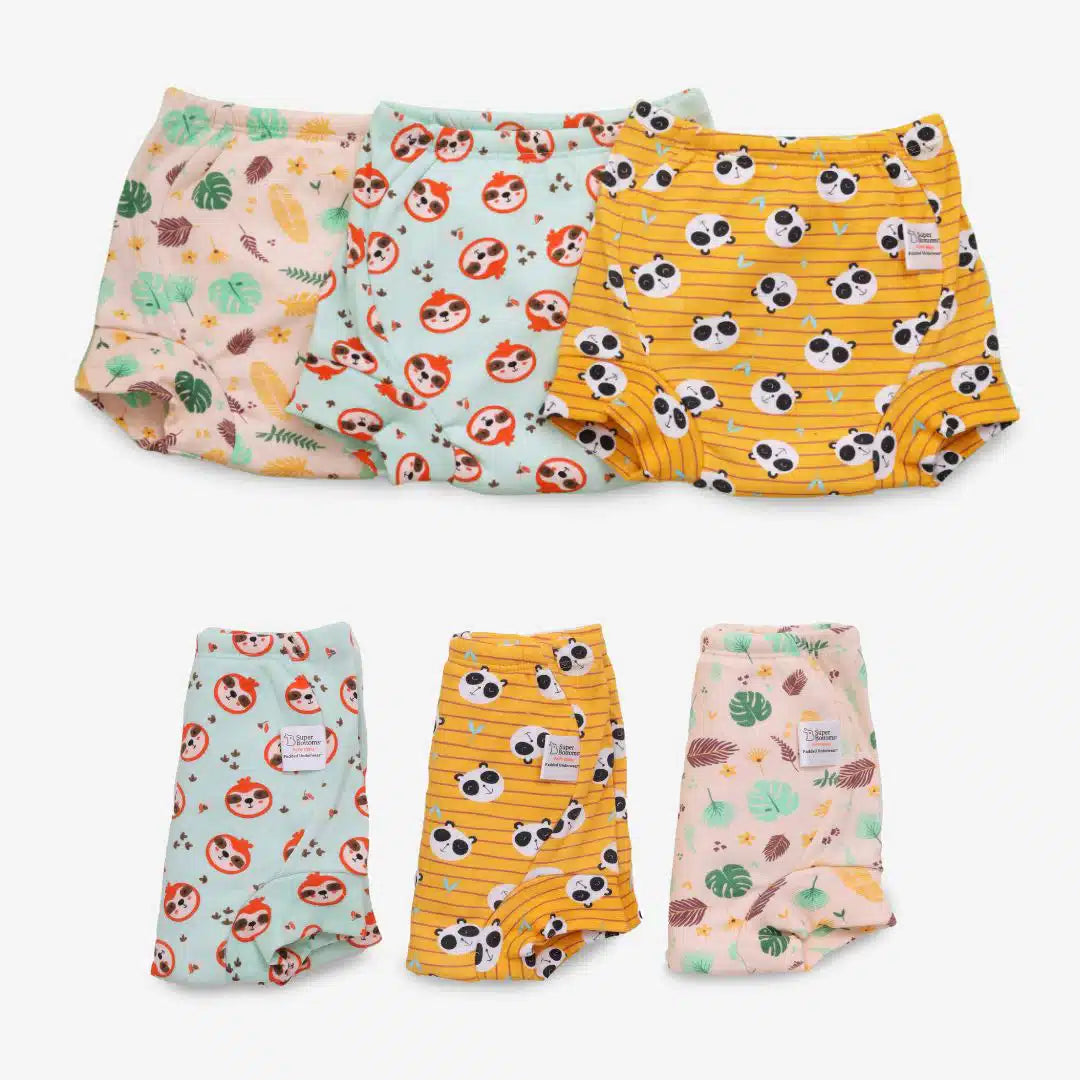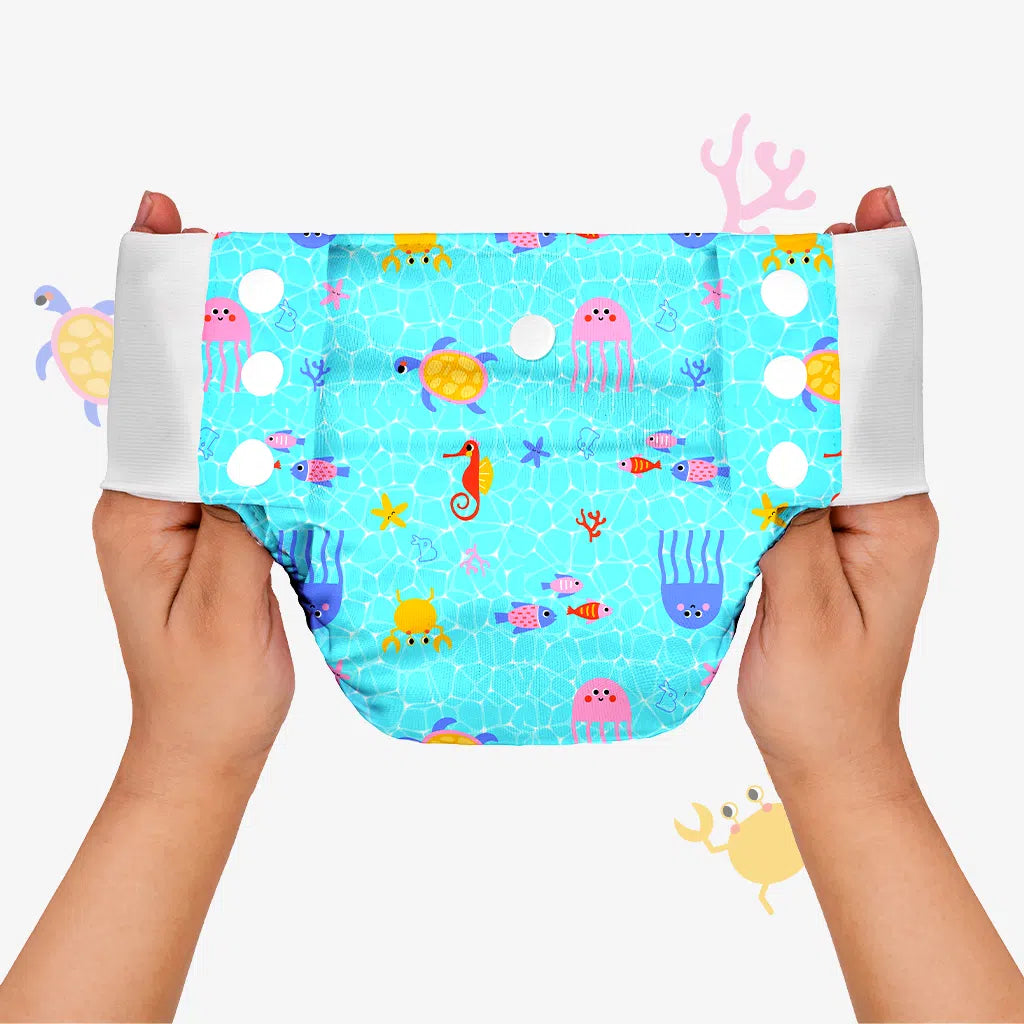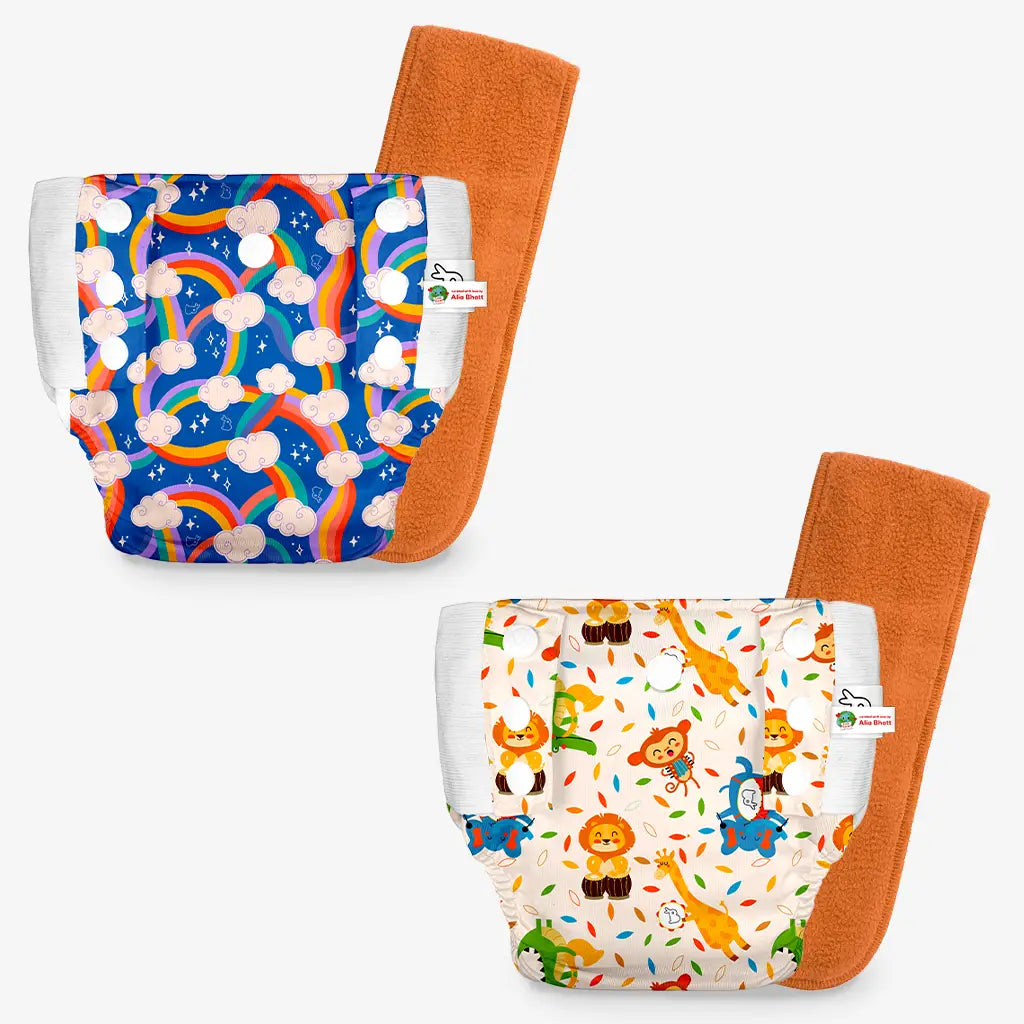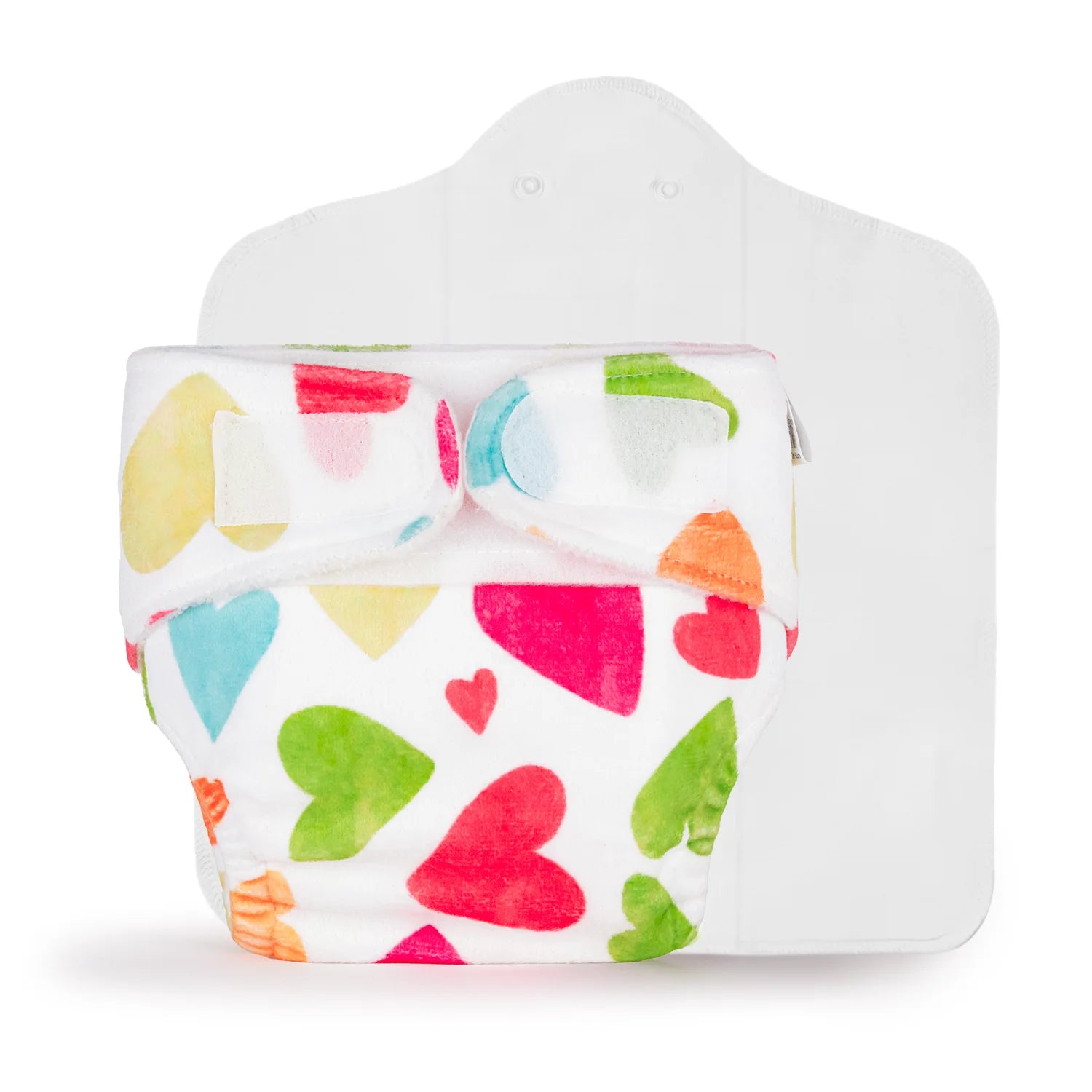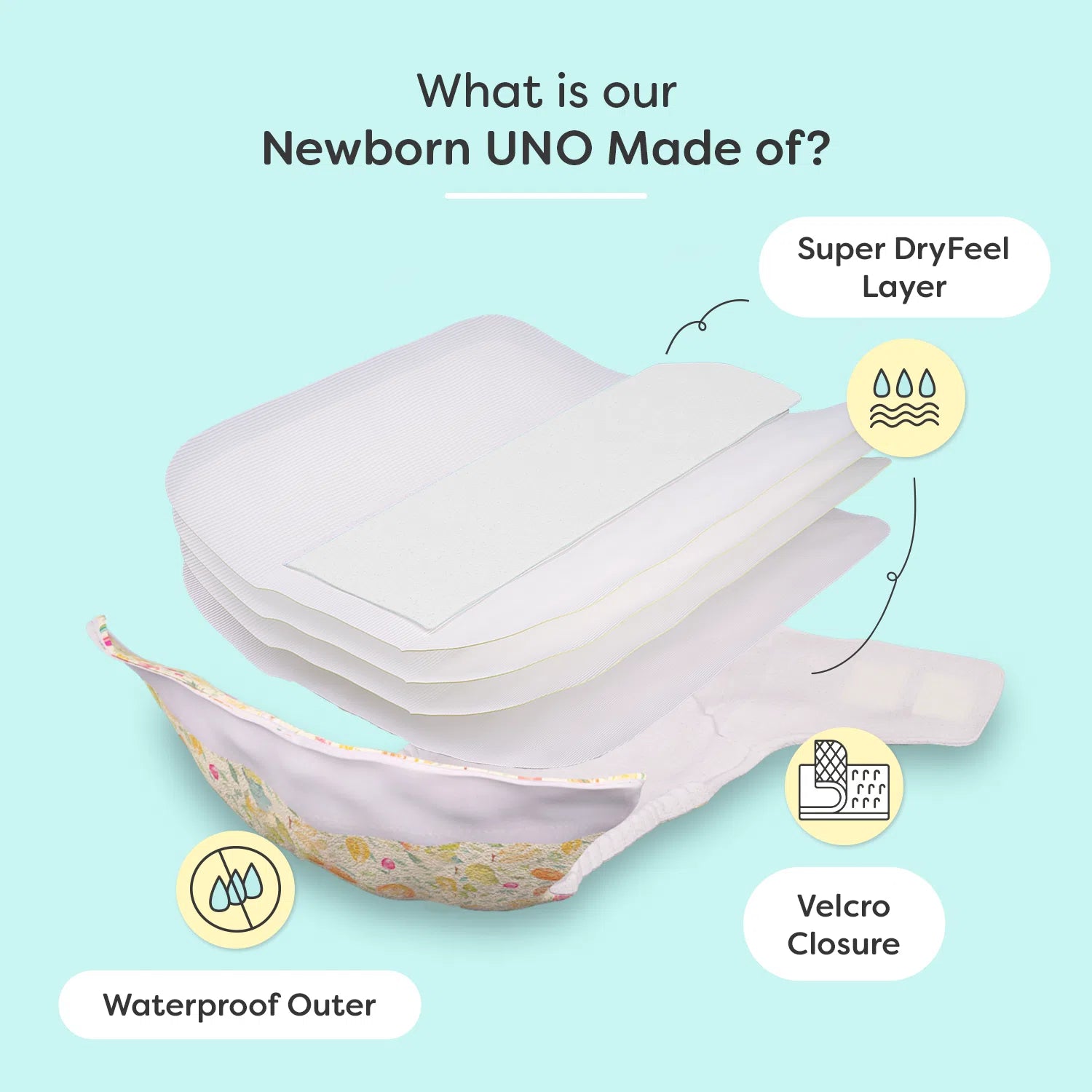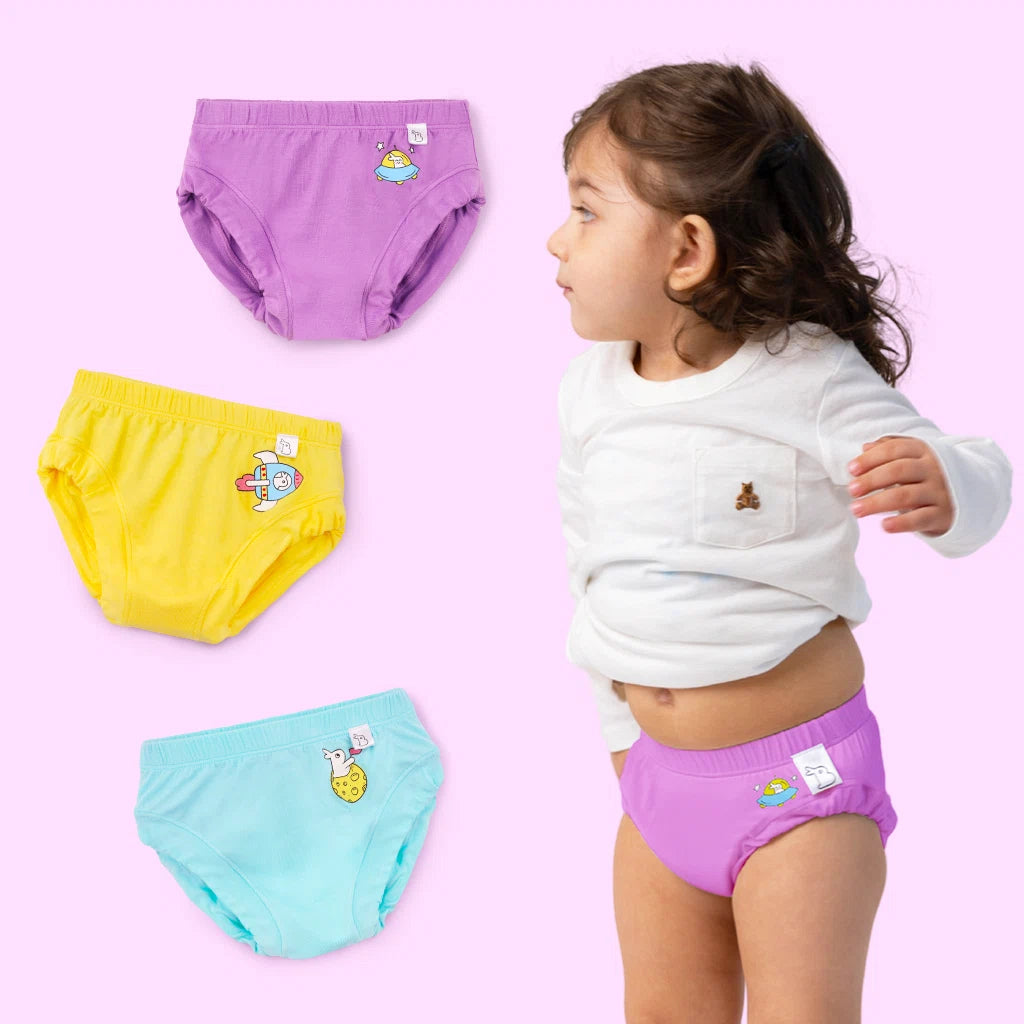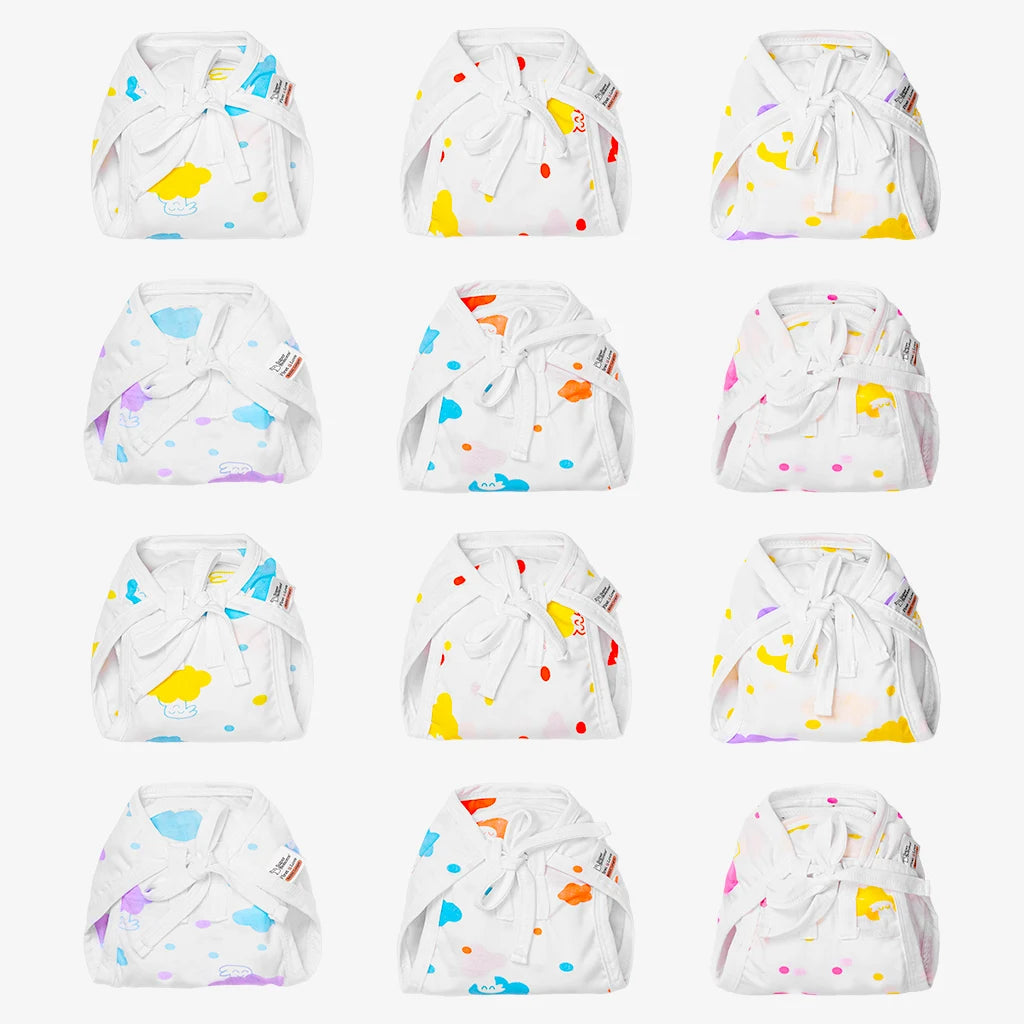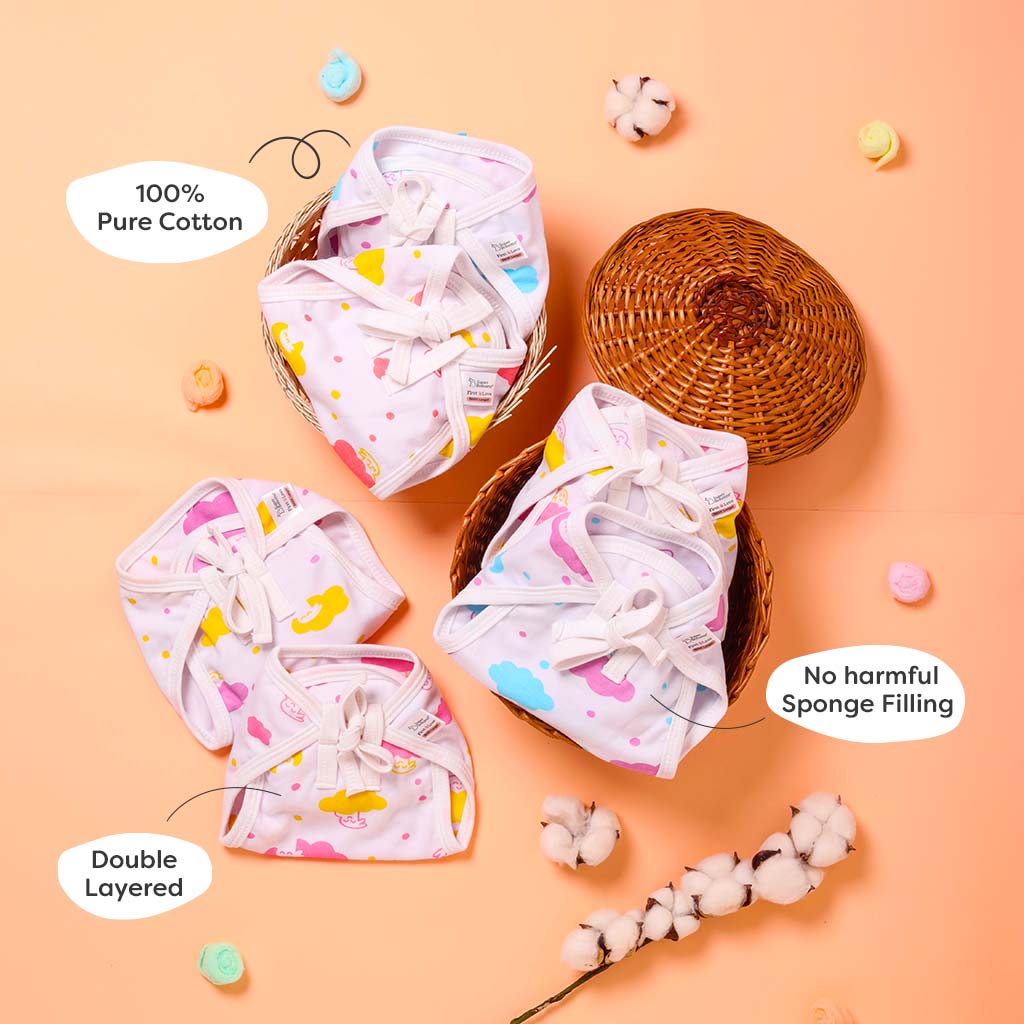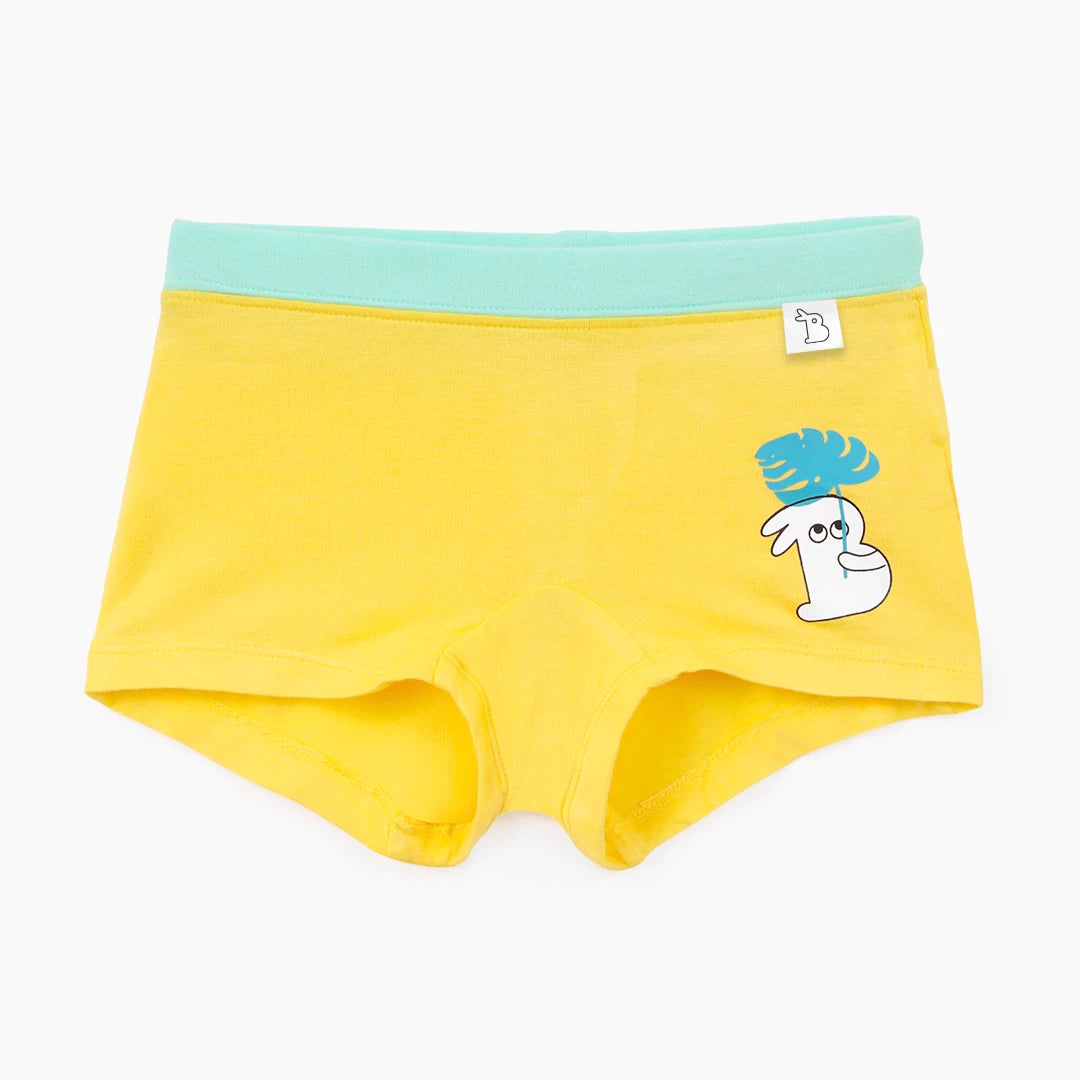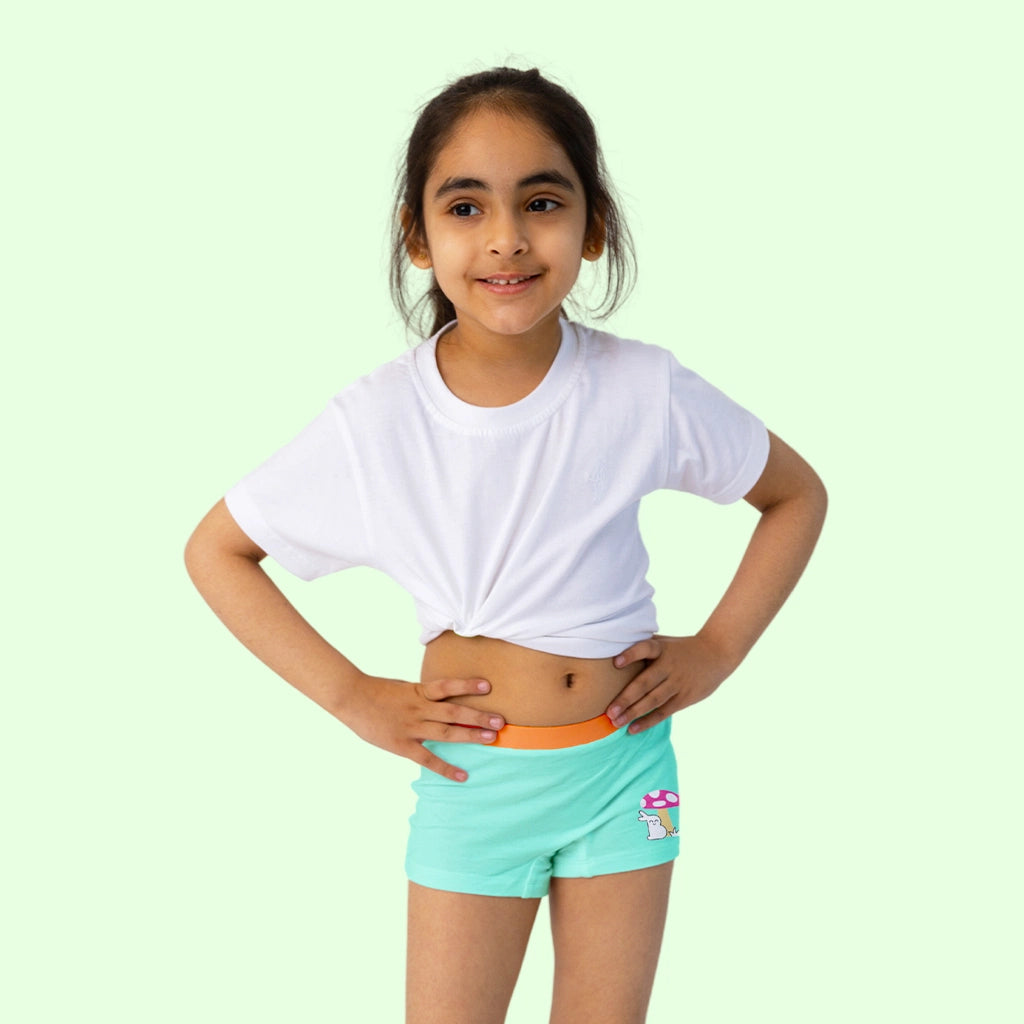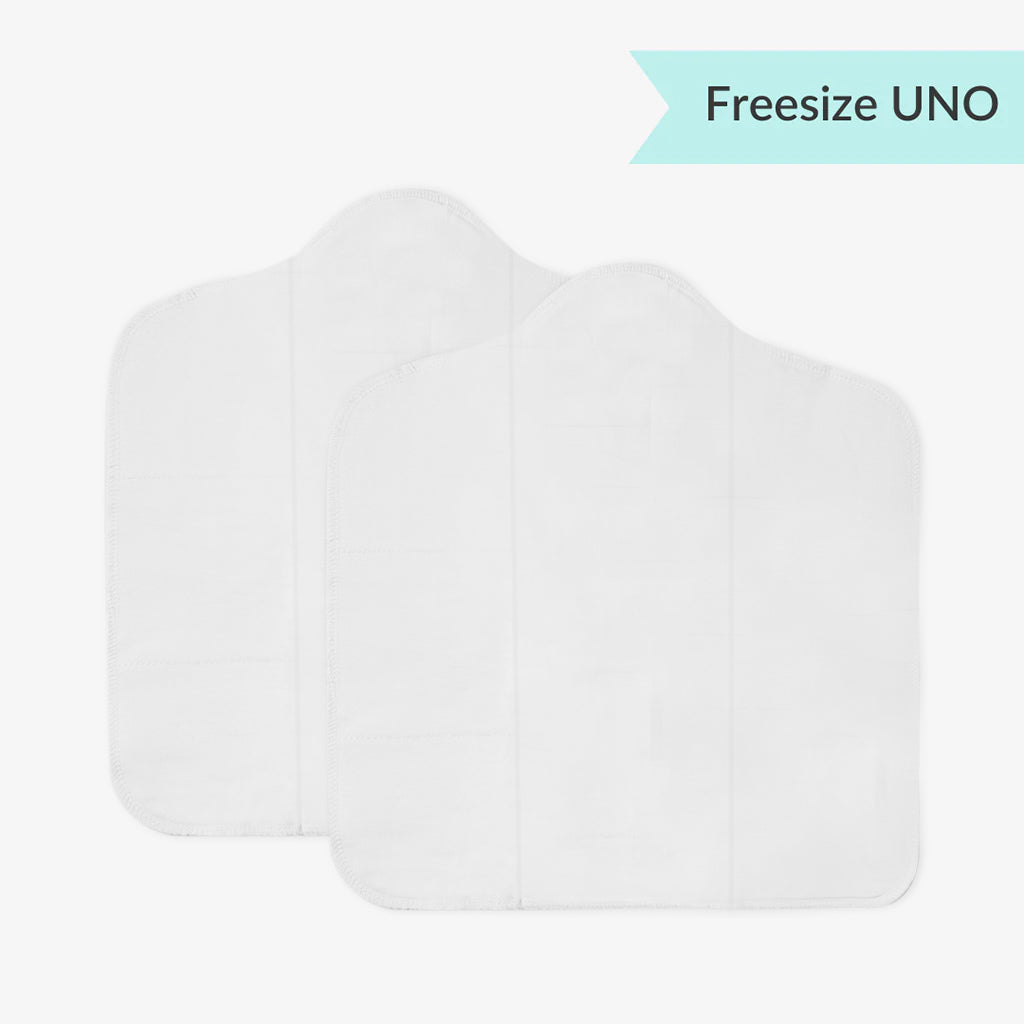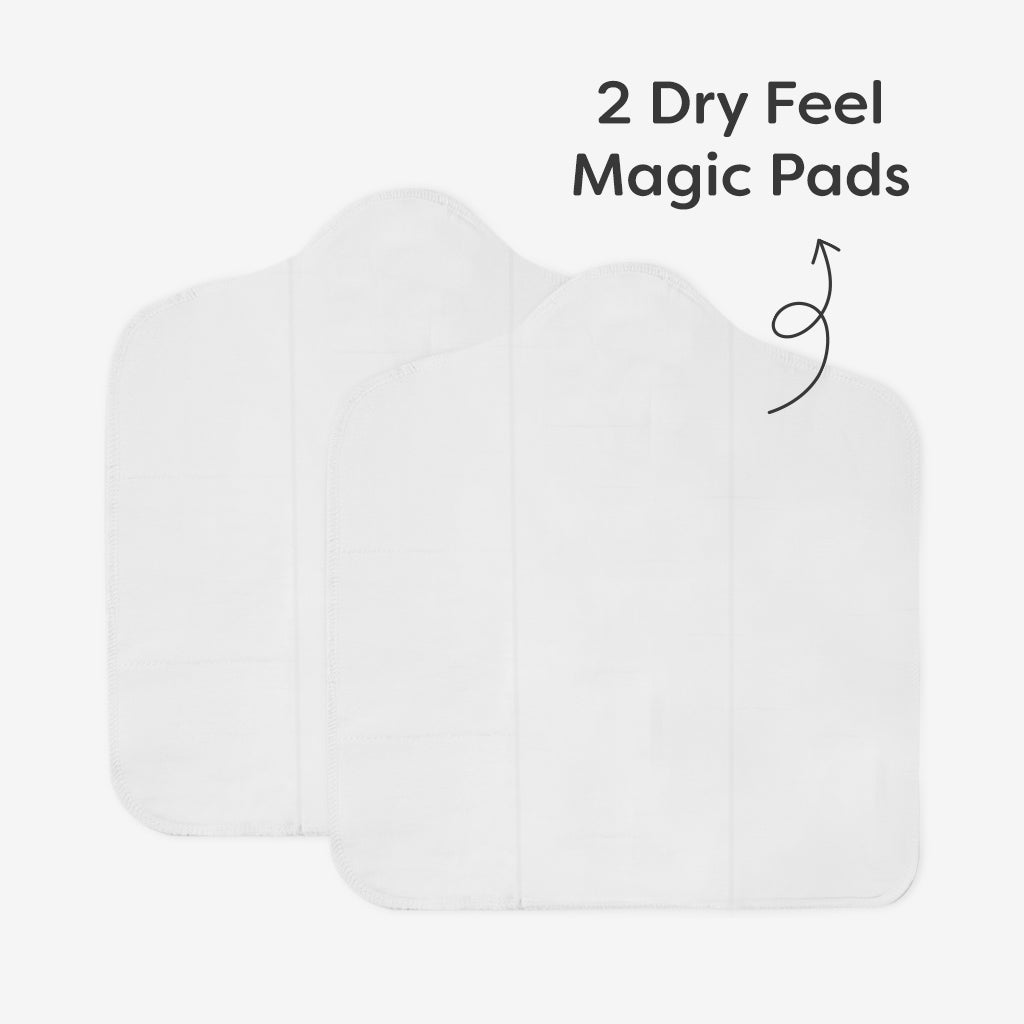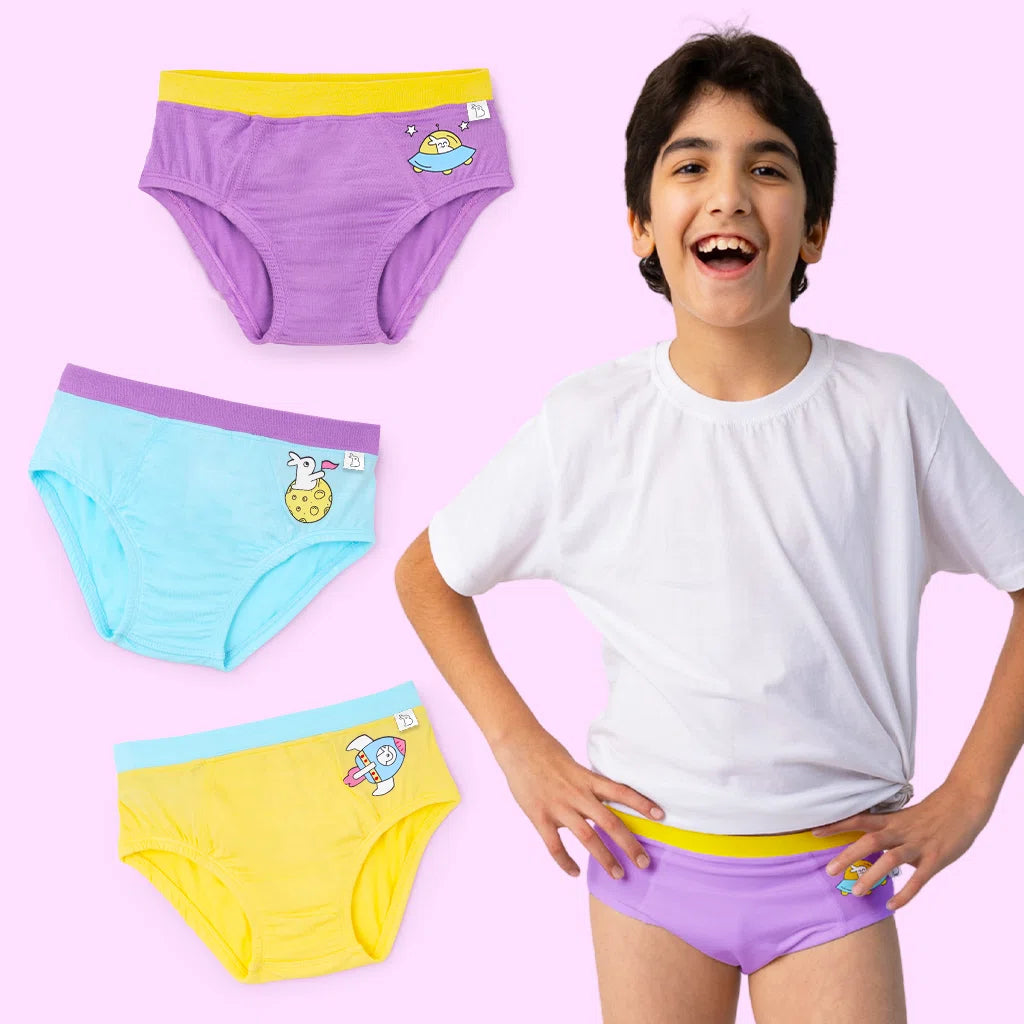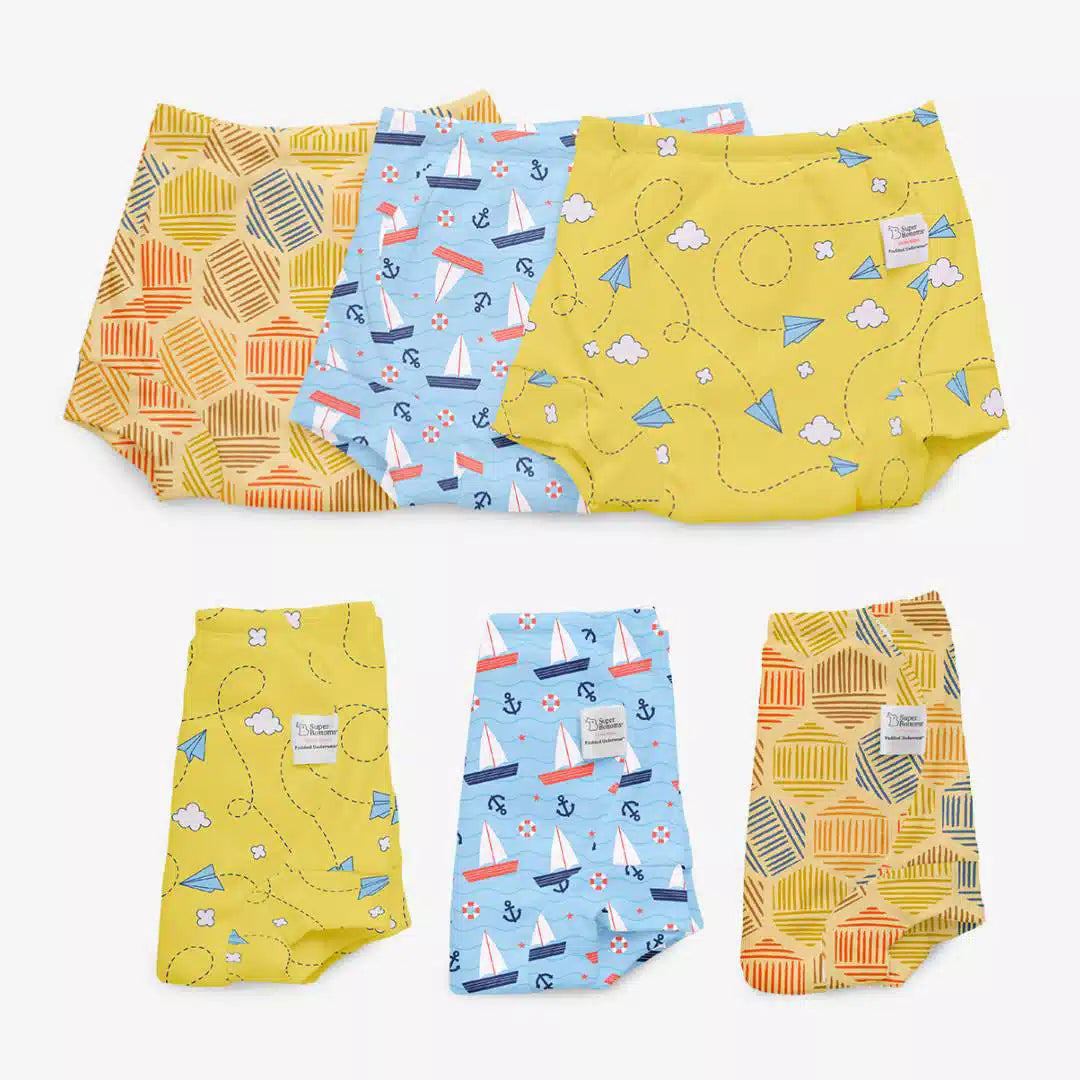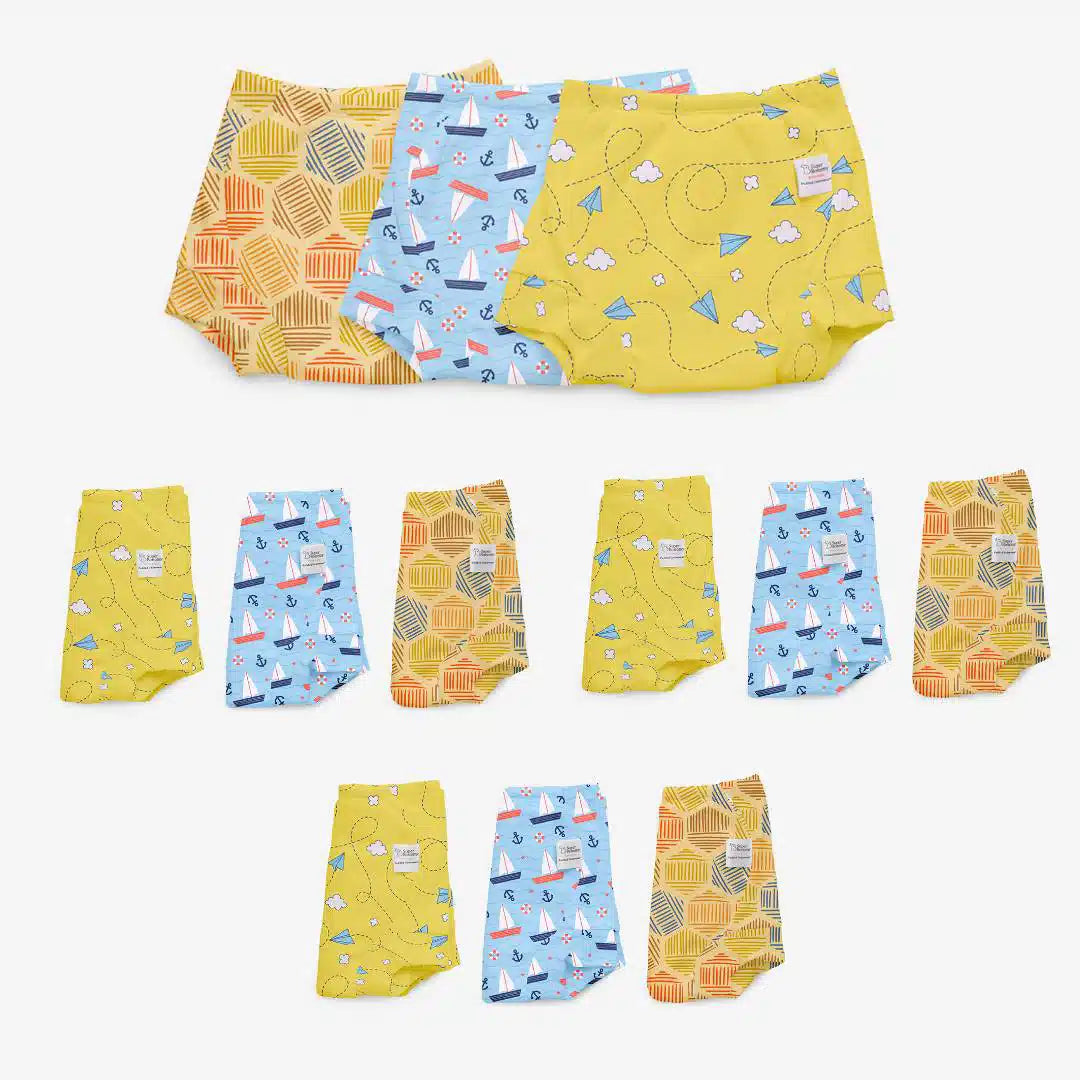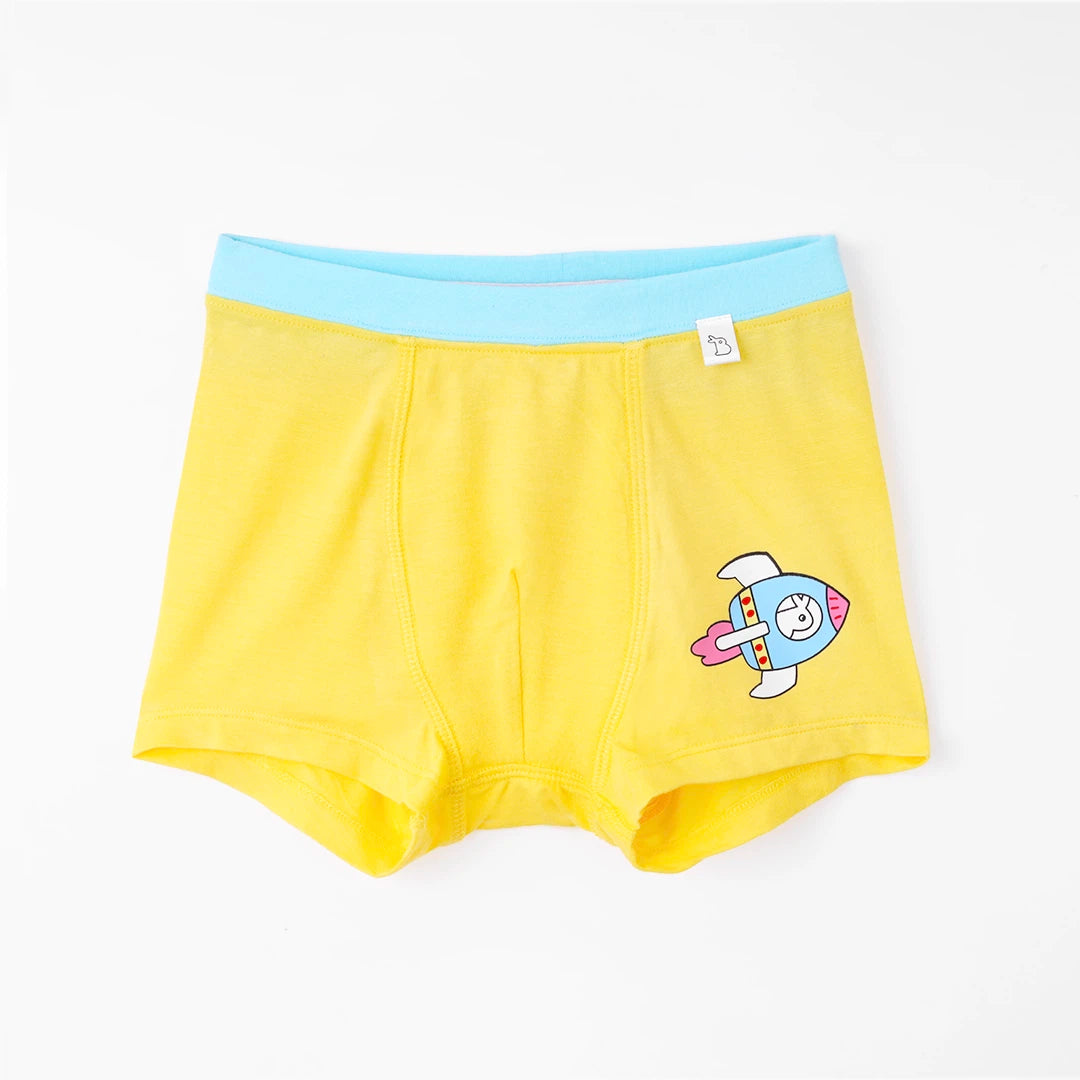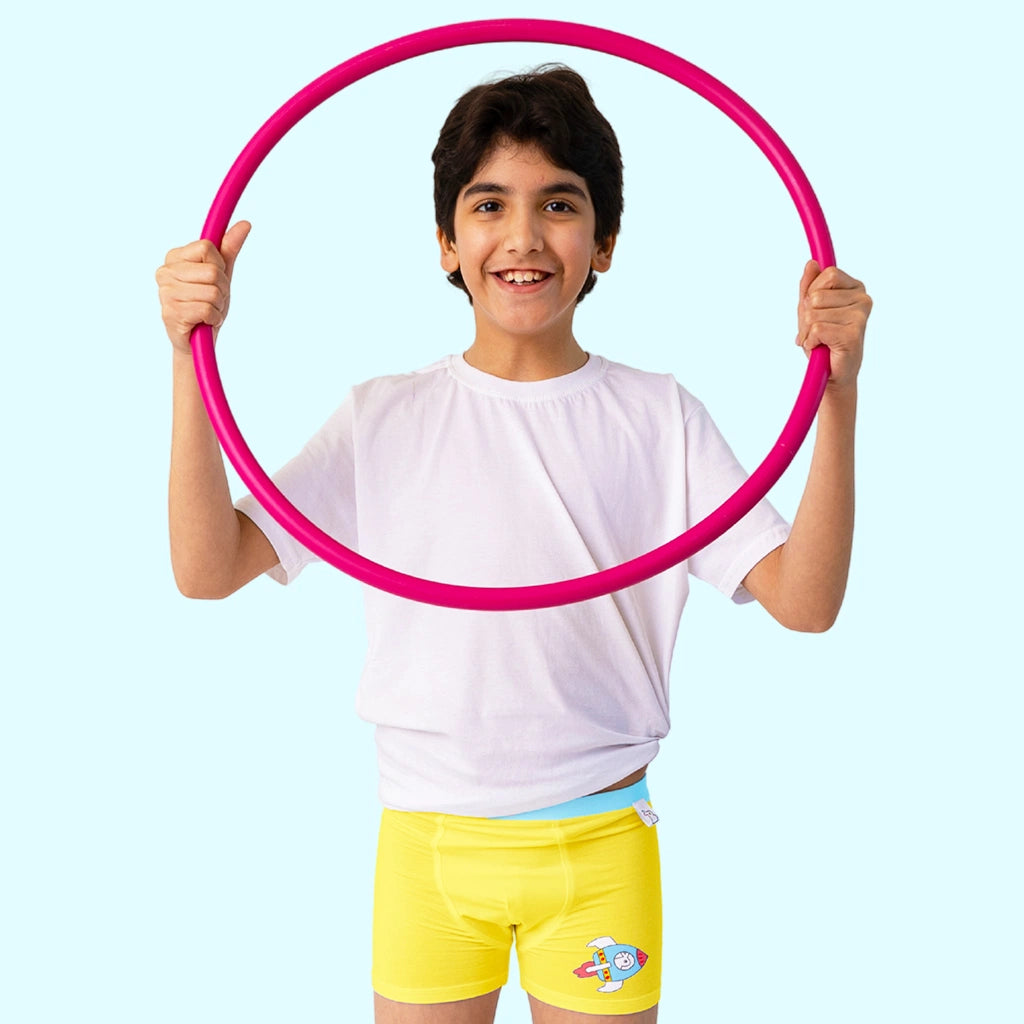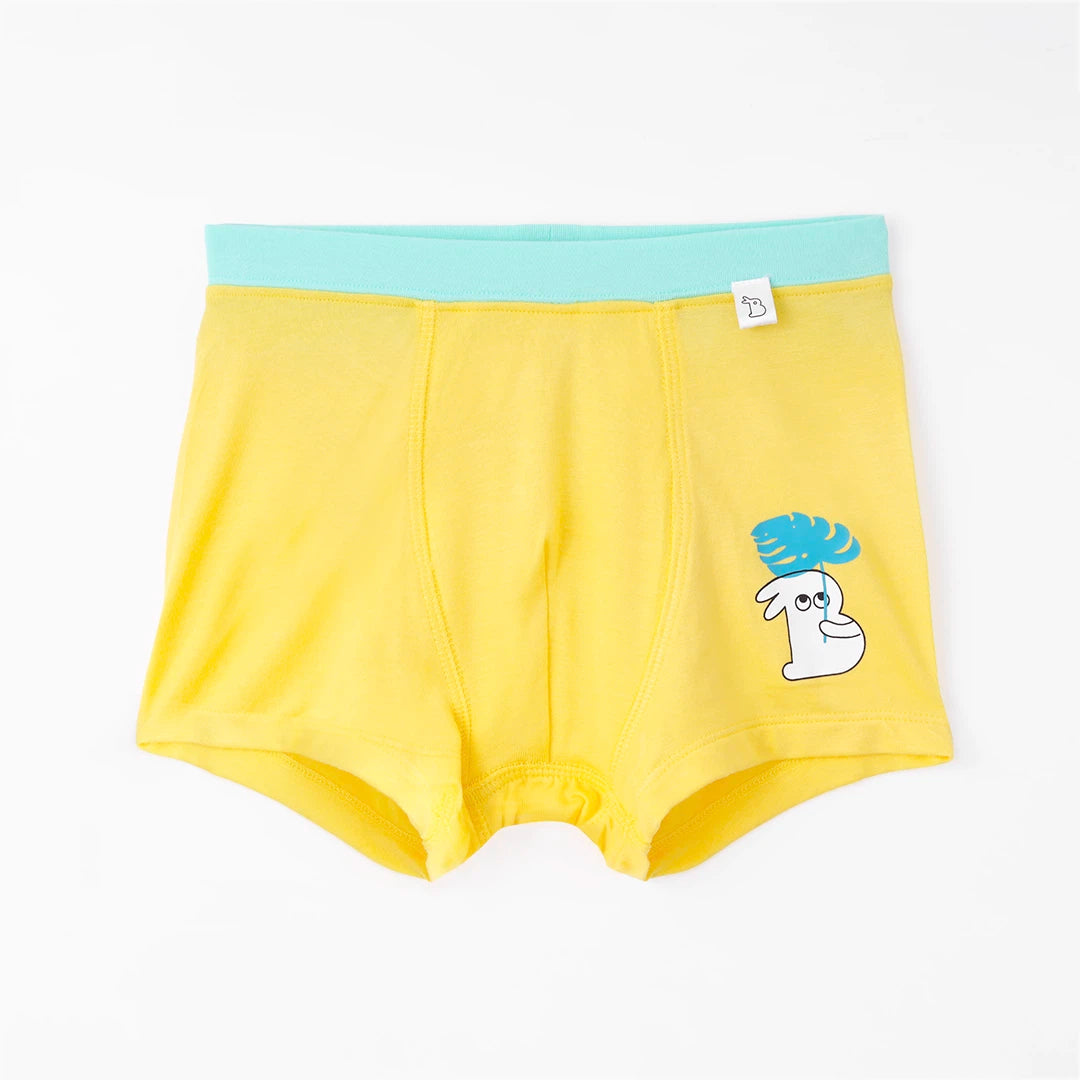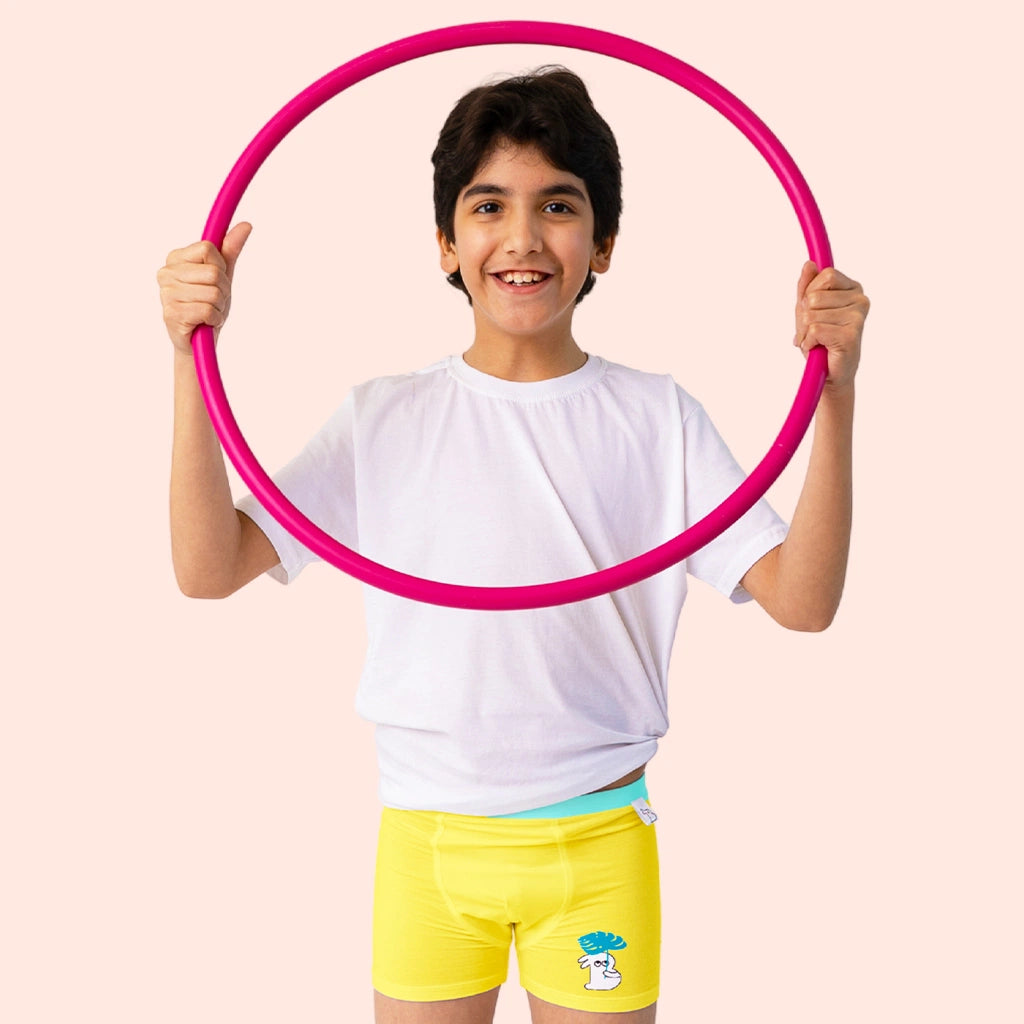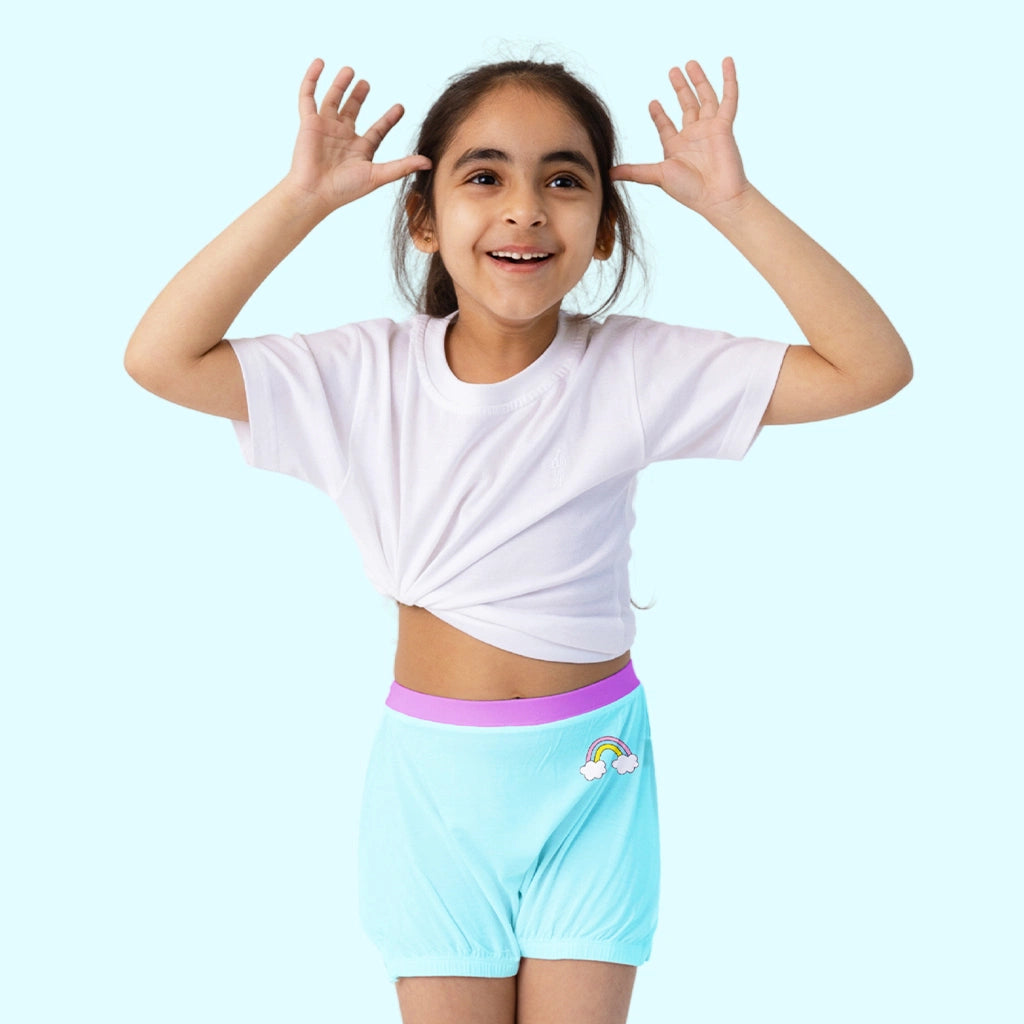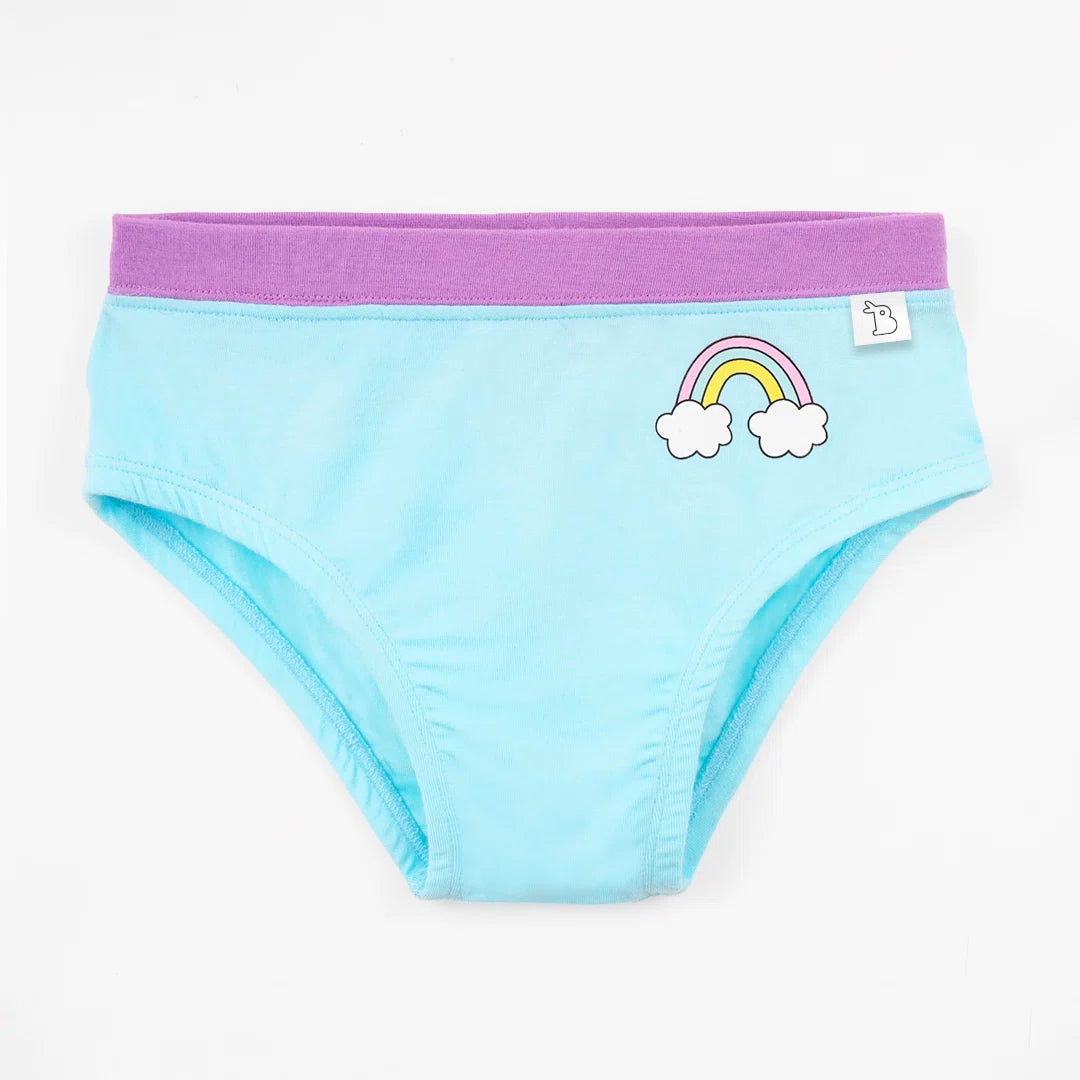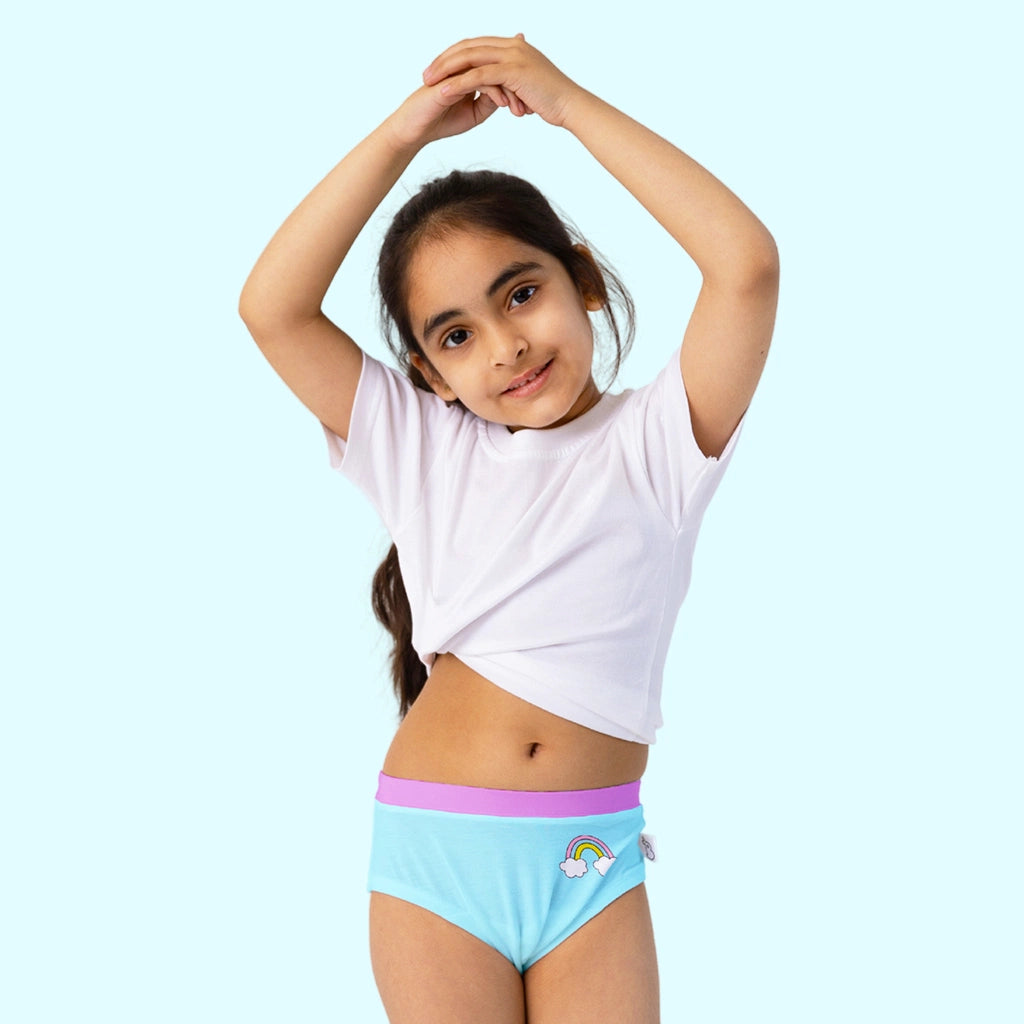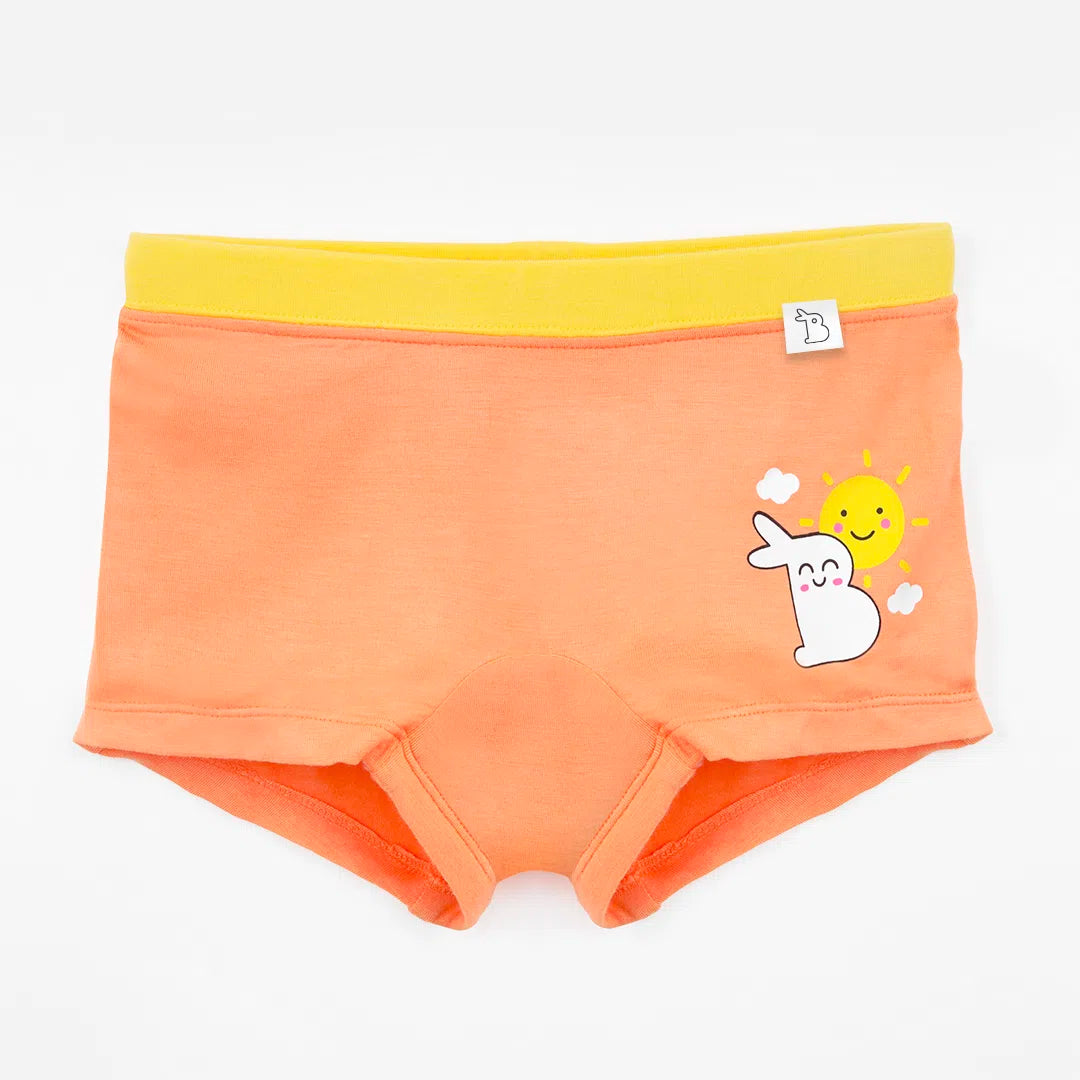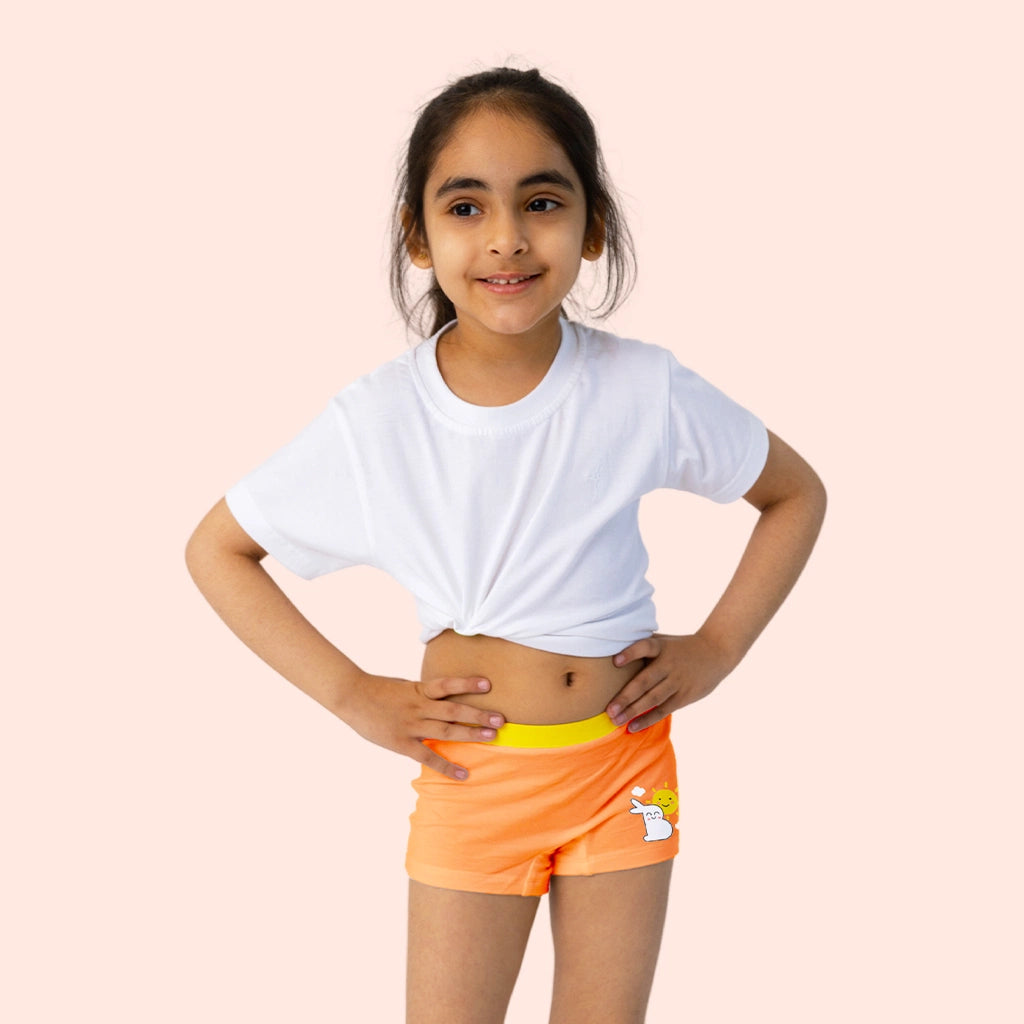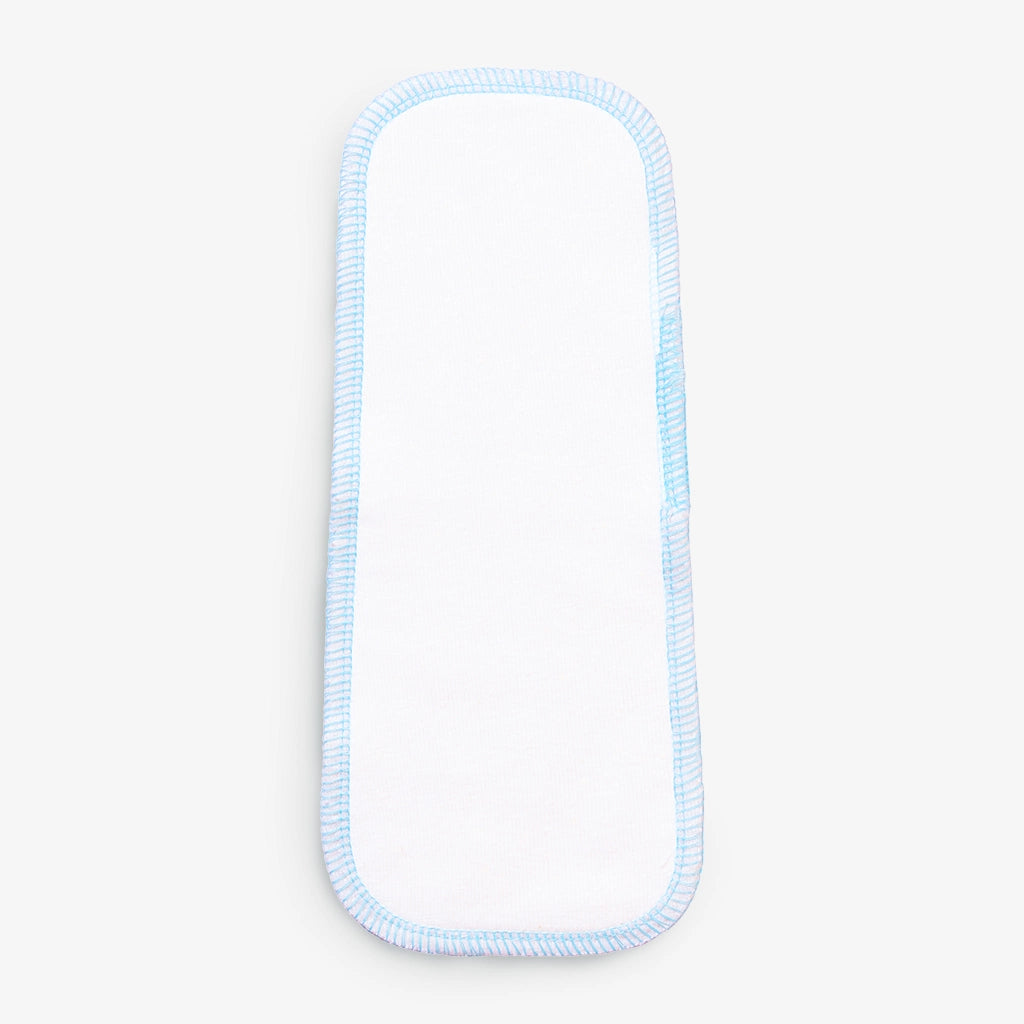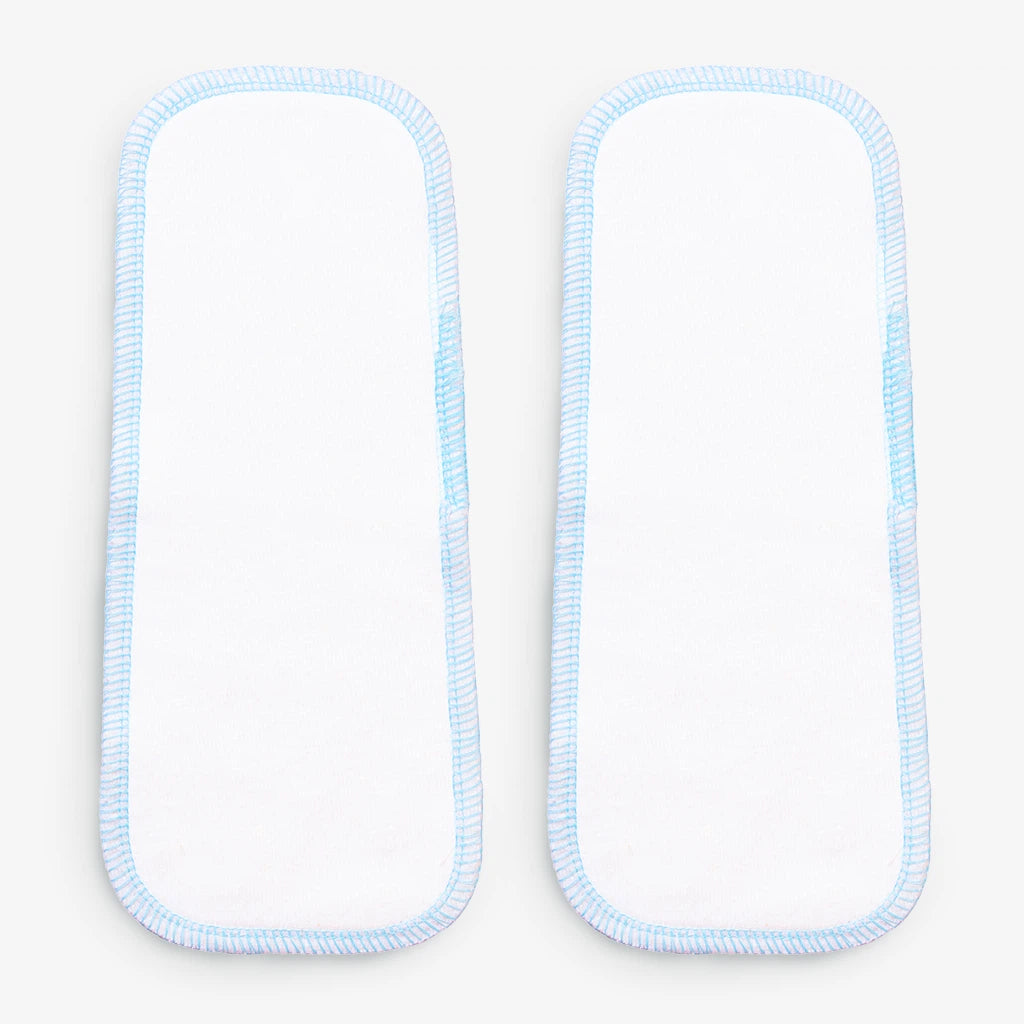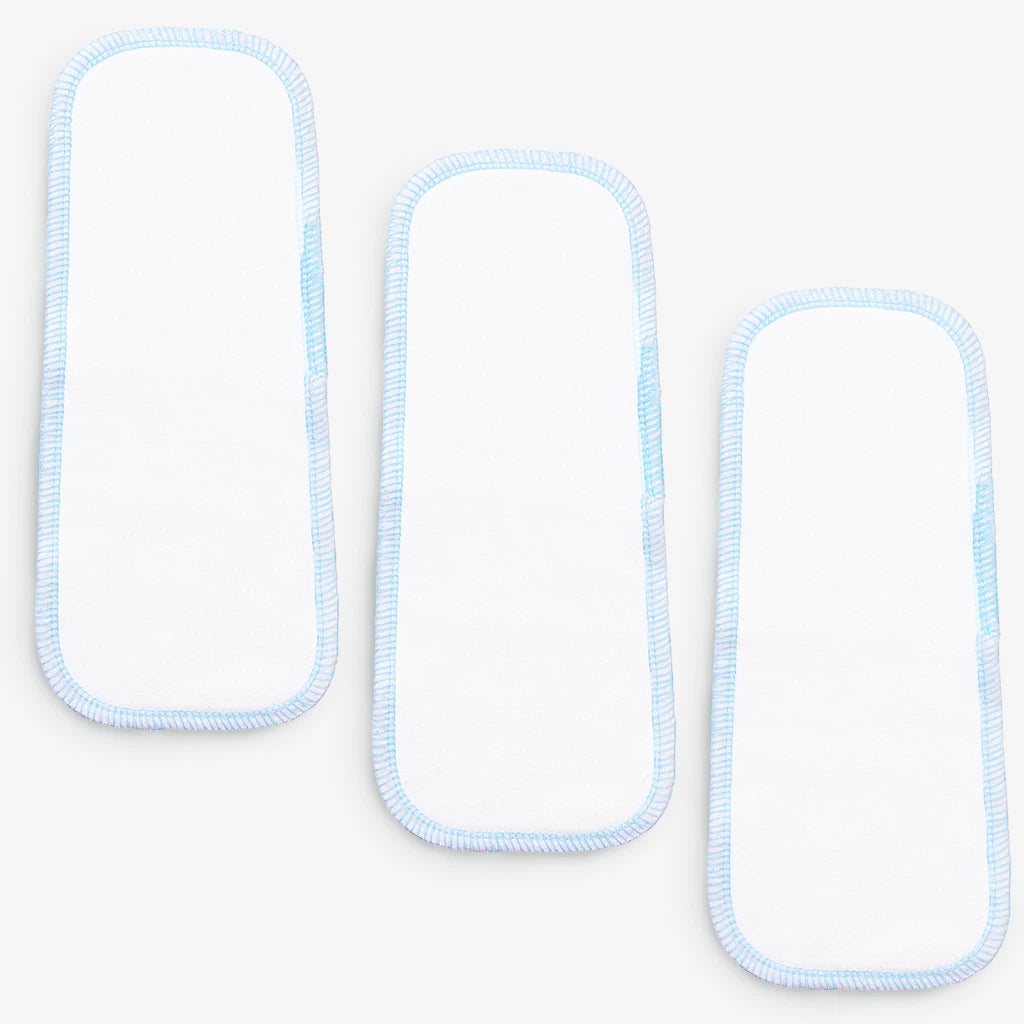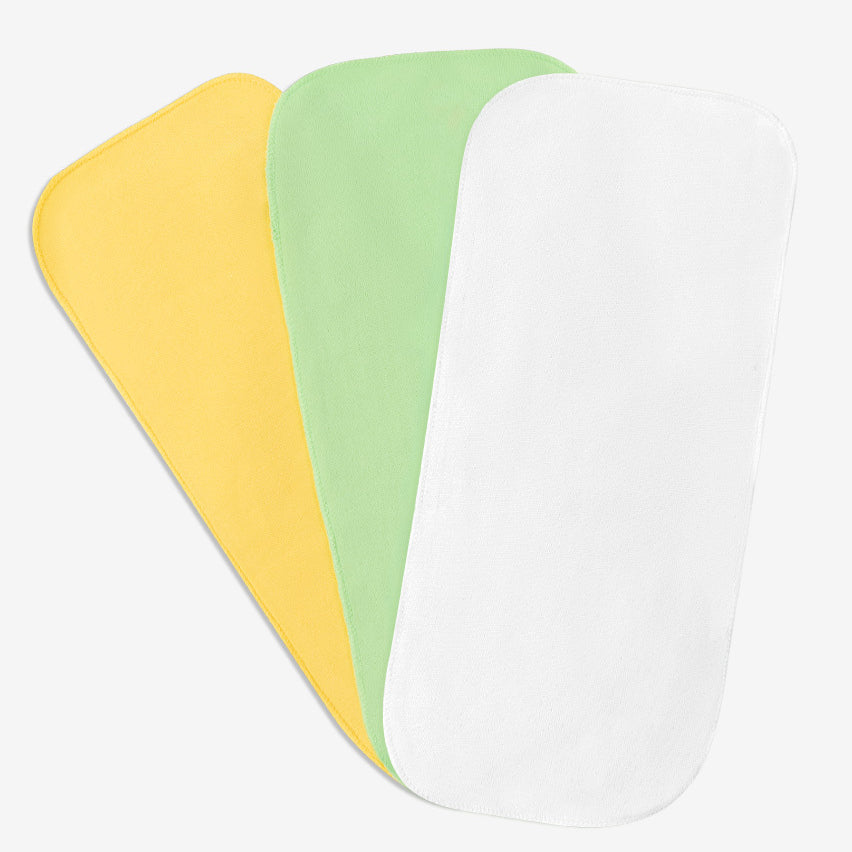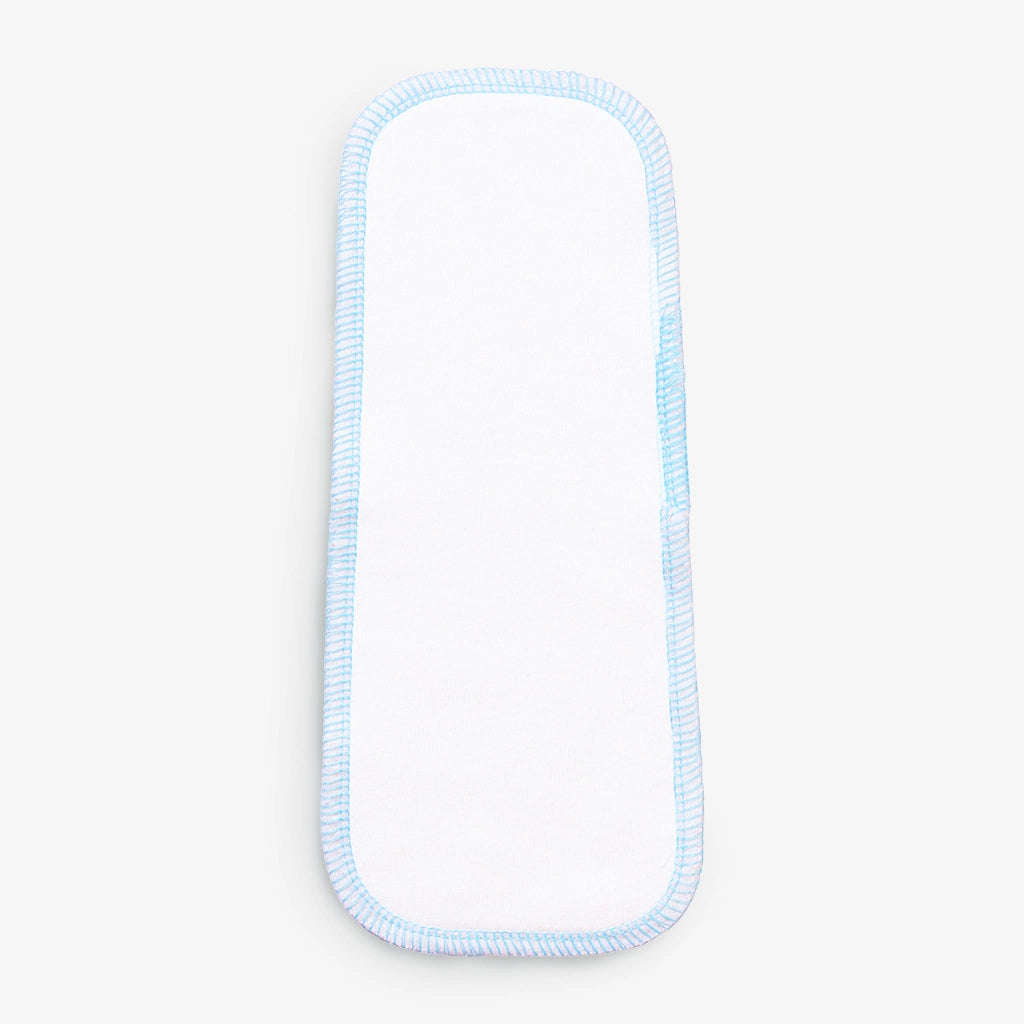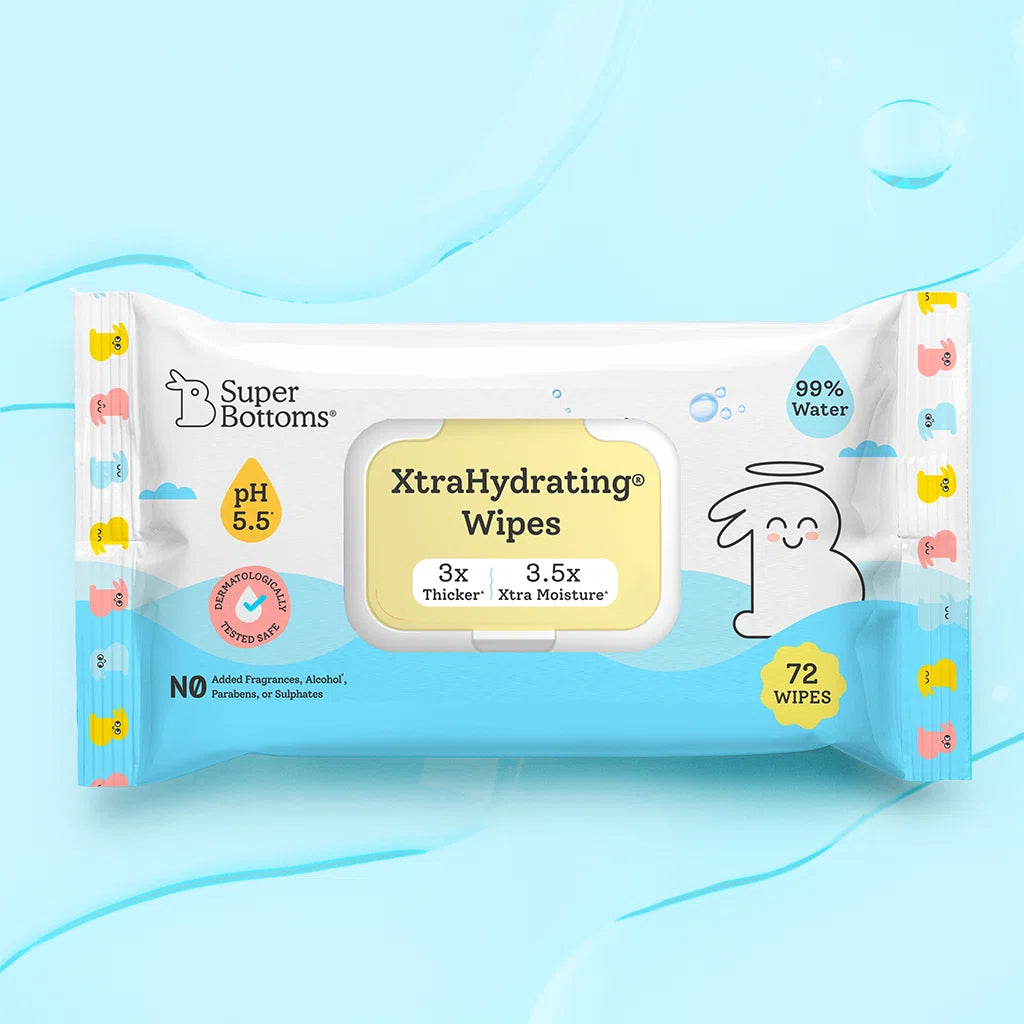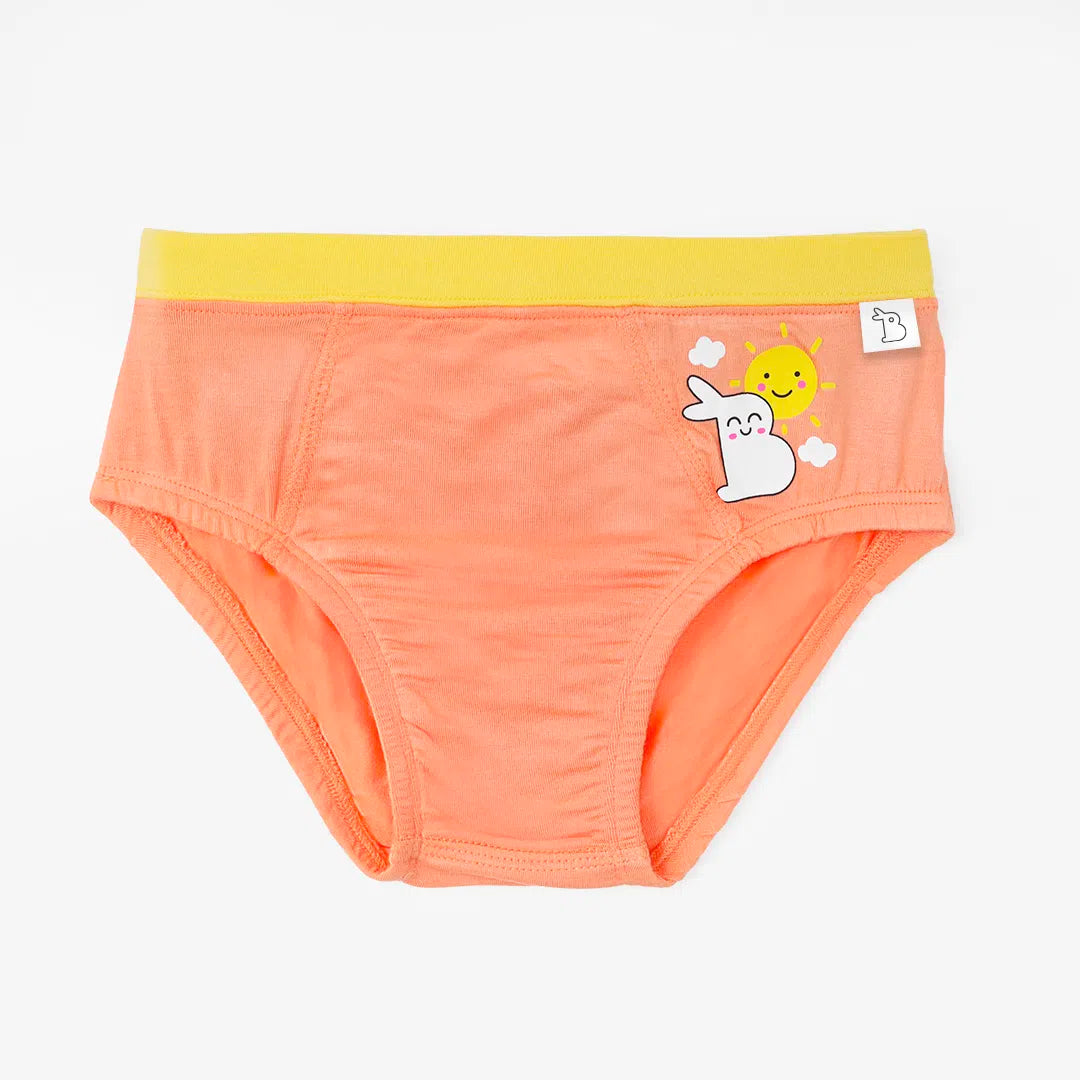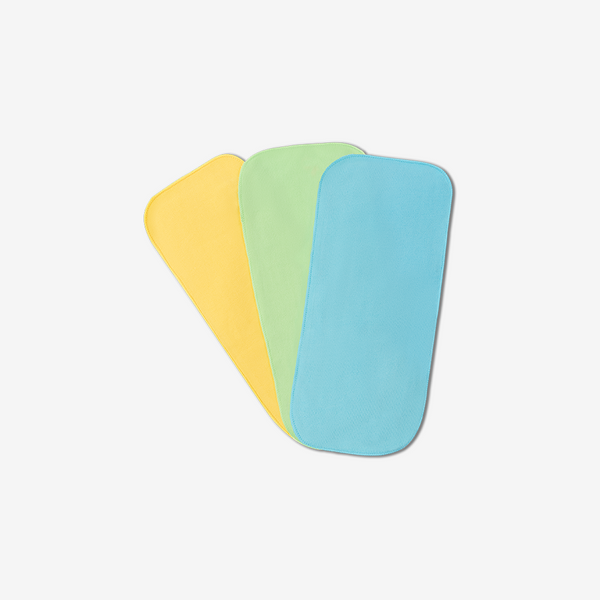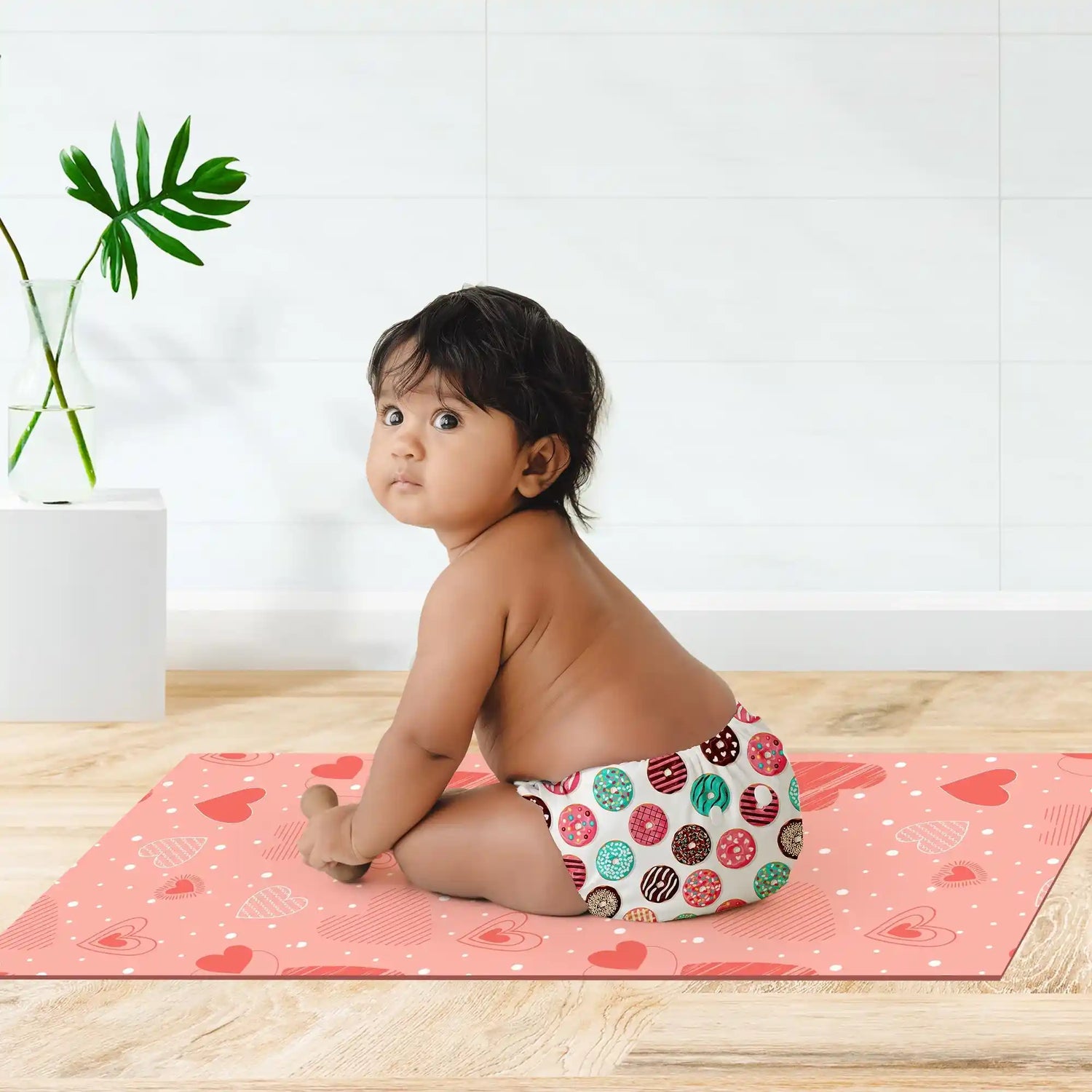Formula milk for newborns is a lifesaver for parents who can’t exclusively breastfeed or choose formula feeding for convenience. Learn about the types, benefits, feeding schedules, and preparation tips to ensure your baby gets balanced nutrition right from day one.
- What Is Formula Feeding for Babies?
- What Are the Different Types of Formula Milk for Newborns?
- How Much Formula Should a Newborn Have?
- Which Formula Milk Is Best for Newborns?
- How to Prepare Formula Milk Safely?
- What Are the Benefits and Disadvantages of Formula Feeding?
- Key Takeaways
- FAQs
-
Message from SuperBottoms
What Is Formula Feeding for Babies?
Formula feeding is the process of giving your baby specially designed milk formulas instead of, or along with, breast milk.
When breastfeeding isn’t possible due to low supply, health issues, or personal choice, baby formula offers the essential proteins, carbohydrates, fats, vitamins, and minerals newborns need for healthy development.
Unlike cow’s milk, which is hard to digest for infants, formula milk is scientifically modified to closely mimic breast milk, making it safe, nourishing, and suitable for even sensitive tummies.
What Are the Different Types of Formula Milk for Newborns?
Choosing the best formula milk for babies (0–6 months) can feel overwhelming, but understanding the options makes it easier. Each type caters to specific dietary needs:
1. Cow’s Milk-Based Formula:
The most common option is adjusted to match human milk’s nutritional profile. It’s suitable for most babies unless they show allergic reactions or lactose intolerance.
2. Hydrolysed Formula:
Proteins are broken into smaller particles, making them easier to digest. Recommended for babies with sensitive stomachs or mild protein allergies.
3. Soy-Based Formula:
Ideal for vegan families or babies with temporary lactose intolerance. Made from plant proteins.
4. Lactose-Free Formula:
For babies unable to digest lactose, these replace milk sugars with other easily digestible carbohydrates.
5. Preterm or Special Medical Formulas:
Specially enriched for premature or underweight babies who need higher calories and nutrients.
6. Organic Formula:
Similar to cow’s milk-based formula but made from organically produced milk. Perfect for parents who prefer an organic lifestyle.
🍼 Tip: Always consult your paediatrician before switching or choosing a formula, as your baby’s needs can change rapidly in the first six months.
How Much Formula Should a Newborn Have? (Baby Formula Feeding Chart)
|
Age (Months) |
Feedings/Day |
Amount per Feed (oz/ml) |
|---|---|---|
|
0–1 |
8–12 |
2–3 oz (60–90 ml) |
|
1–2 |
8–10 |
3–4 oz (90–120 ml) |
|
2–4 |
6–8 |
4–6 oz (120–180 ml) |
|
4–6 |
5–6 |
6–8 oz (180–240 ml) |
|
6–9 |
4–5 |
6–8 oz (180–240 ml) |
|
9–12 |
4–5 |
6–8 oz (180–240 ml) |
💡 These quantities may vary depending on your baby’s appetite and growth pace. Always pay attention to cues like hunger signals and feelings of fullness.
For more guidance, check out SuperBottoms’ guide to newborn care for routines that make early parenthood easier.
Which Formula Milk Is Best for Newborns?
There’s no one-size-fits-all formula milk; the “best” depends on your baby’s health, allergies, and tolerance. However, here are a few tips for choosing wisely:
- Start Simple: Don’t pick a brand before birth. Your baby’s needs may differ once they arrive.
- Ask Your Paediatrician: They’ll guide you on the best formula milk for your baby’s age and health.
- Check Nutritional Content: Look for essential nutrients like iron, DHA, and ARA that support brain and eye development.
- Consider Budget & Availability: Formula feeding can be costly; buying larger packs is often more economical.
-
Inspect Expiry Dates: Avoid formulas close to expiration since you’ll use them over several days or weeks.
🩵 Pro-parent tip: Keep formula supplies and bottles organised using SuperBottoms Waterproof Cloth Bibs and Bottle Covers - soft, breathable, and adorable for mess-free feeding.
How to Prepare Formula Milk Safely?
Formula preparation sounds simple, but even minor errors can cause digestive distress. Follow these golden rules:
- Use Boiled, Lukewarm Water: Always mix formula with water that has been boiled and cooled to safe warmth.
- Stick to Ratios: Follow the manufacturer’s powder-to-water ratio exactly. Adding extra powder can cause constipation, while too much water may dilute nutrients.
- Sterilise Bottles: Keep bottles, nipples, and caps sterilised before every use.
- Check Temperature: Test a drop on your wrist; it should feel warm, not hot.
-
Feed Immediately: Don’t store prepared formula for more than 1–2 hours. Discard leftovers.
✨ Bonus hygiene hack: Use SuperBottoms 99% Pure Water Wipes to clean feeding surfaces or baby hands, completely safe, unscented, and gentle on delicate skin.
What Are the Benefits of Formula Feeding?
While breastfeeding remains ideal, formula feeding has its share of practical advantages:
- Flexibility: Anyone can feed the baby, freeing up the mother’s schedule.
- Measured Intake: It’s easier to track how much milk your baby consumes.
- Convenience: Night feeds and travel become simpler.
- Shared Responsibility: Other caregivers can also bond through feeding.
-
Freedom of Diet: Mothers aren’t limited by dietary restrictions while formula feeding.
For families juggling multiple routines, formula feeding offers balance, especially when paired with SuperBottoms UNO Cloth Diapers that stay dry for hours, keeping feeding and nap times stress-free.
What Are the Disadvantages of Formula Feeding?
It’s fair to weigh both sides before choosing formula milk:
- Cost: Regular use can be expensive.
- Preparation Time: Requires consistent cleaning, measuring, and monitoring.
- No Antibodies: Unlike breast milk, formula doesn’t provide immunity benefits.
- Digestive Issues: Some babies may develop gas or constipation with certain formulas.
You can always mix-feed (breastfeeding + formula feeding) to balance nutrition and flexibility.
Choosing formula milk for newborns doesn’t mean compromising on love or care; it’s about ensuring your baby’s nourishment fits your life. Every parent’s journey is unique; what matters most is that your baby thrives.
When supported with the right feeding accessories, hygiene essentials, and guidance, formula feeding can be just as nurturing and bonding as breastfeeding.
|
Limited Time Offers + Special Gift Sets! Now or never Super SALE is live on the SuperBottoms website! Take advantage of unbeatable value deals on our UNO Cloth Diapers, Baby Essentials, and more. Looking for the perfect present for a newborn or a toddler? Explore our thoughtfully curated Gift Sets & Combos — safe, skin-friendly, and oh-so-cute! A bundle of love for little ones and a delight for parents. HURRY — Deals and Gift Packs are live only till stocks last. Don’t miss the chance to stock up and share the joy! |
Key Takeaways
- Formula milk offers complete nutrition for babies when breastfeeding isn’t possible.
- Always consult your paediatrician before switching or selecting formula brands.
- Pair formula feeding with safe, baby-friendly accessories like SuperBottoms’ wipes, bibs, and bottle covers for convenience.
Frequently Asked Questions (FAQs)
1. What is formula feeding for babies?
Formula feeding is giving your baby specially designed milk formulas that replicate breast milk’s nutrients for healthy growth.
2. Which formula milk is best for newborns?
The best formula depends on your baby’s needs: cow’s milk-based for most, hydrolysed for sensitive digestion, or lactose-free for intolerant babies. Always consult your doctor first.
3. Can I mix breastfeeding and formula feeding?
Yes. Many parents combine both to balance flexibility and nutrition. This is often called combination feeding.
4. How often should I feed my newborn formula?
Newborns typically feed 8–12 times a day. Follow the baby formula feeding chart and your baby’s hunger cues.
5. What are the benefits of formula feeding?
It allows flexible feeding schedules, easy monitoring of intake, and helps other caregivers bond with the baby.
6. Are there disadvantages of formula feeding?
Formula lacks antibodies found in breast milk and can be expensive, but it’s a reliable, nutrient-rich alternative when breastfeeding isn’t possible.
7. How can I make formula feeding easier and less messy?
Use SuperBottoms Waterproof Cloth Bibs and 99% Pure Water Wipes to keep feeding time clean, comfortable, and hassle-free.
8. What should I do if my baby rejects formula milk?
Try changing the formula type or consult your paediatrician to check for sensitivities or allergies.
Message from SuperBottoms
Hi there, new parents! SuperBottoms brings you doctor-recommended cloth diapers — the best rash-free diapering solution for your baby’s sensitive and delicate skin. Unlike disposable diapers loaded with chemicals, our newborn cloth diapers, when used and washed properly, can help eliminate the risk of diaper rashes. SuperBottoms offers a wide range of safe, skin-friendly essentials for the whole family — including Reusable Cloth Diapers, Diaper Pants, DryFeel langots for diaper-free time, Padded Underwear for potty training, SuperSoft Underwear for everyday comfort, Joggers for playful days, and Period Underwear for women. Not just for everyday use, SuperBottoms products also make the best gifting choice for babies — thoughtful, eco-friendly, practical, and loved by parents. Now available on Amazon, Myntra, Flipkart, FirstCry, Zepto, Swiggy and Blinkit



